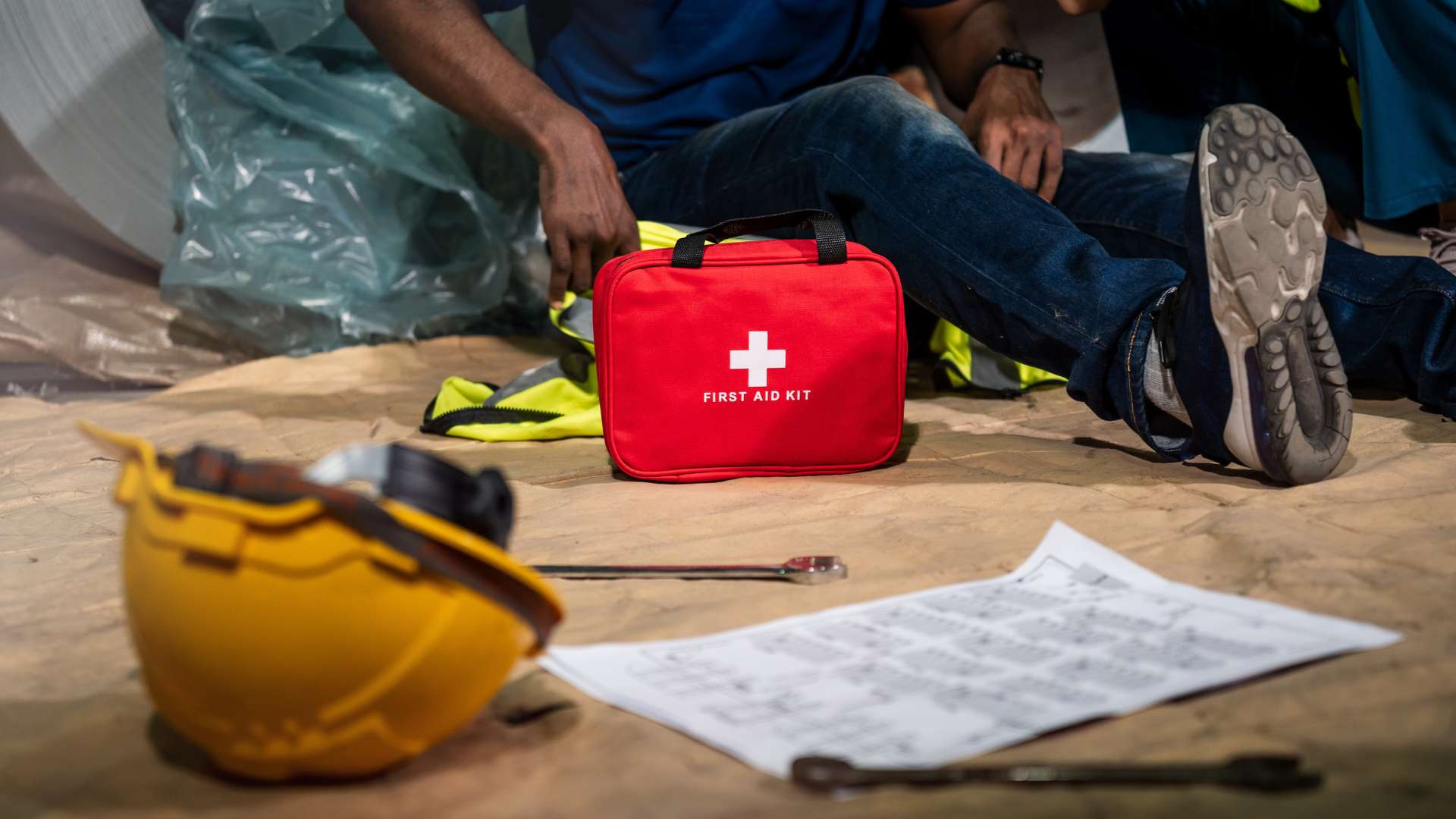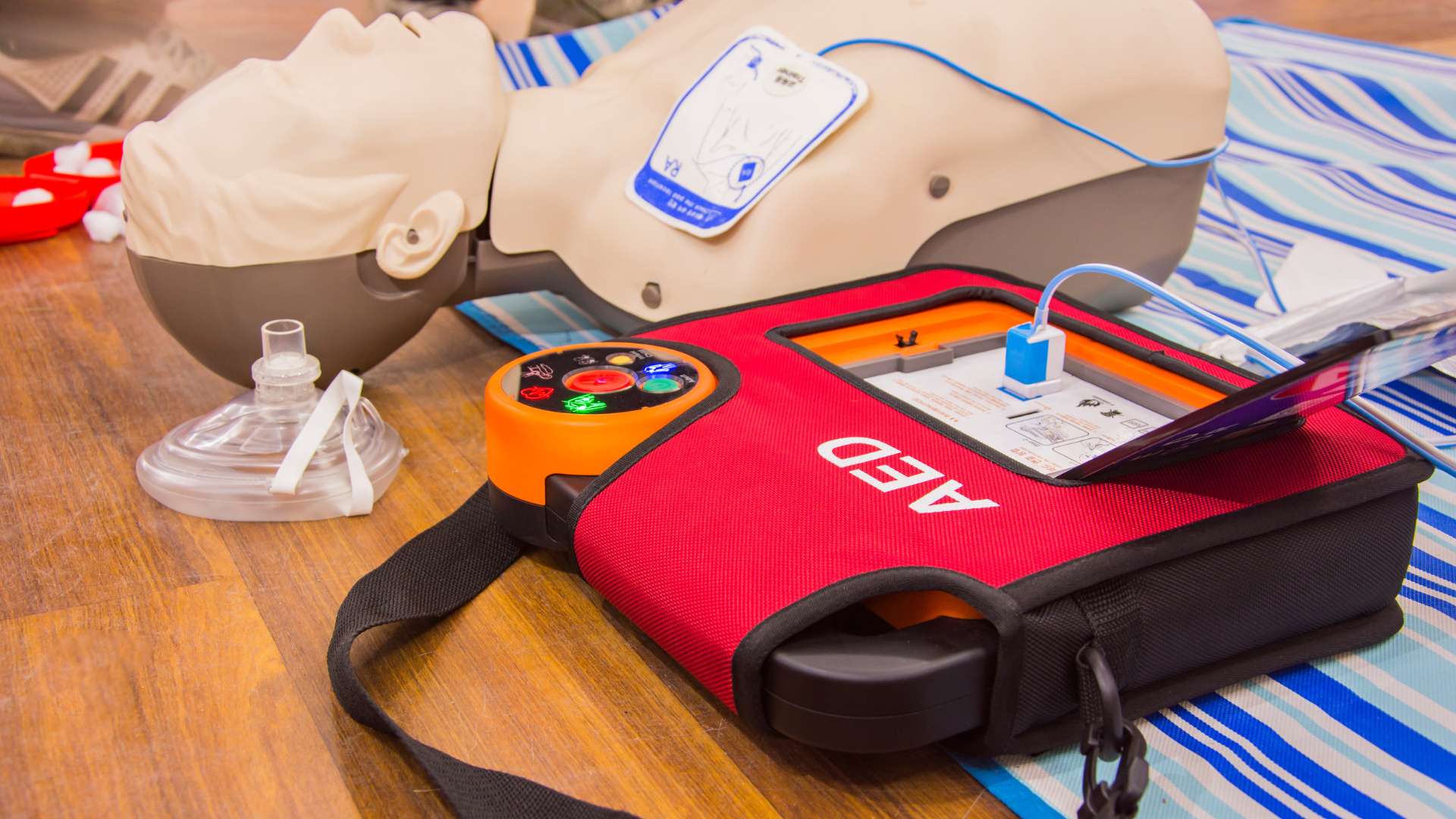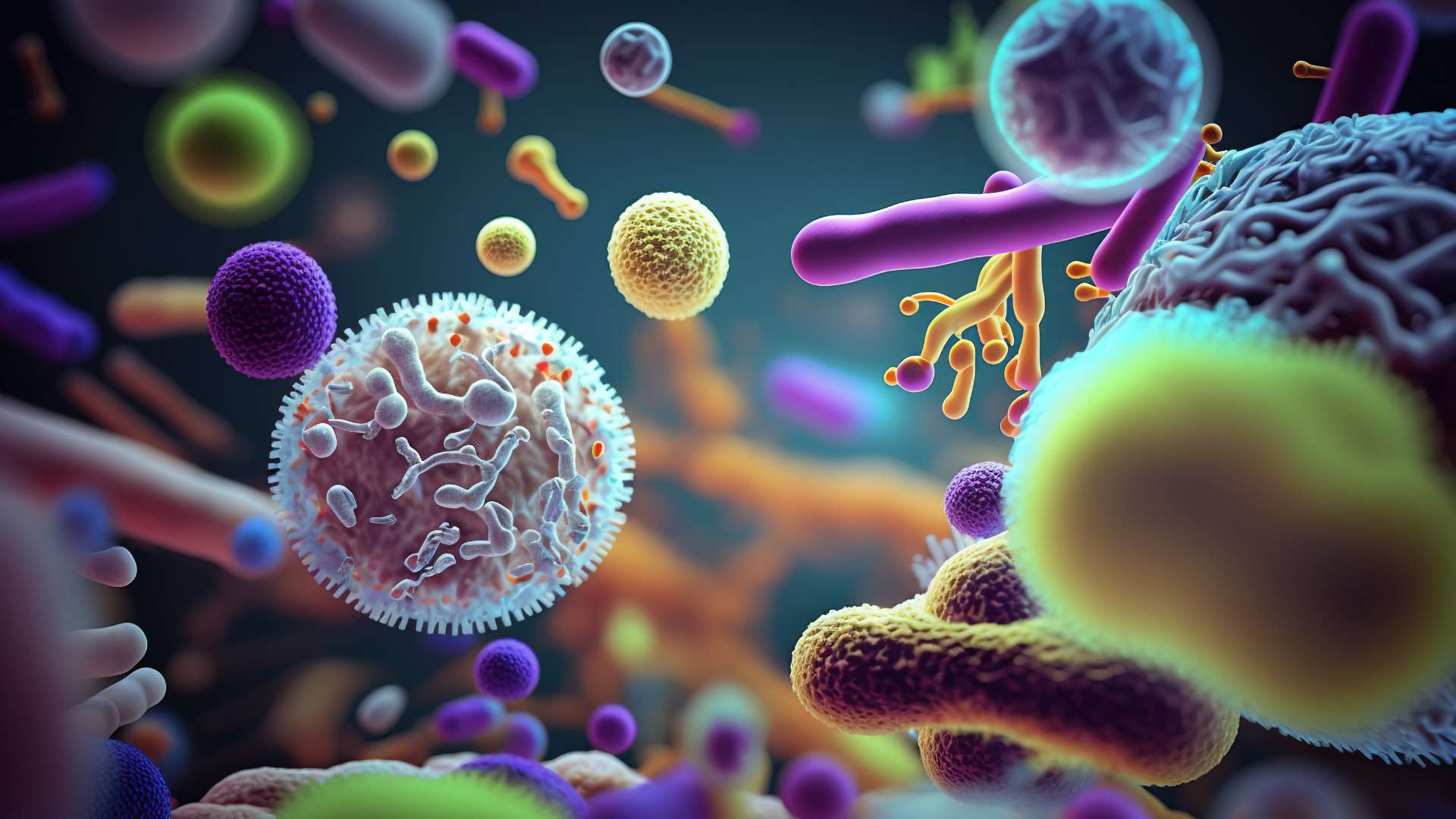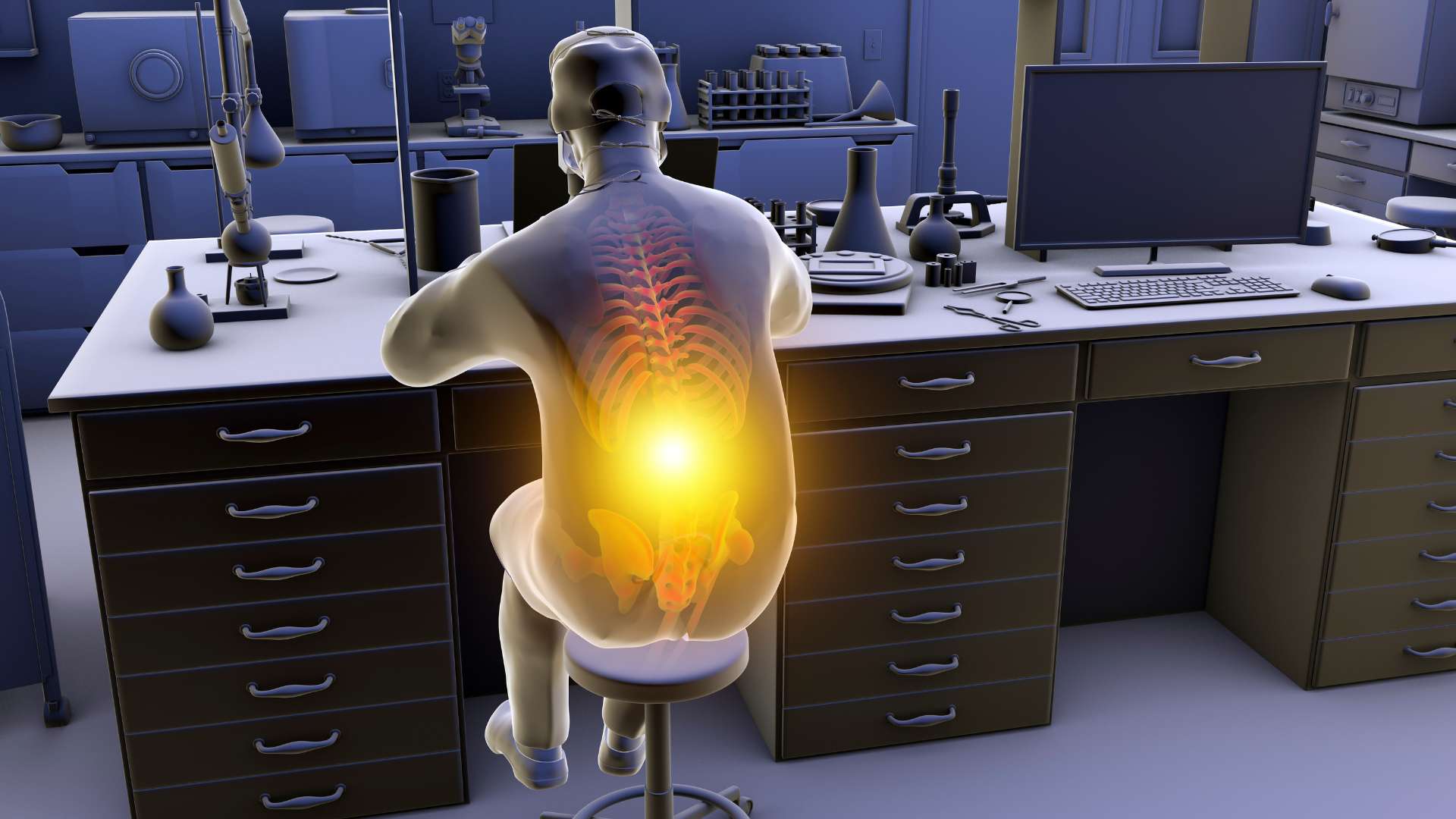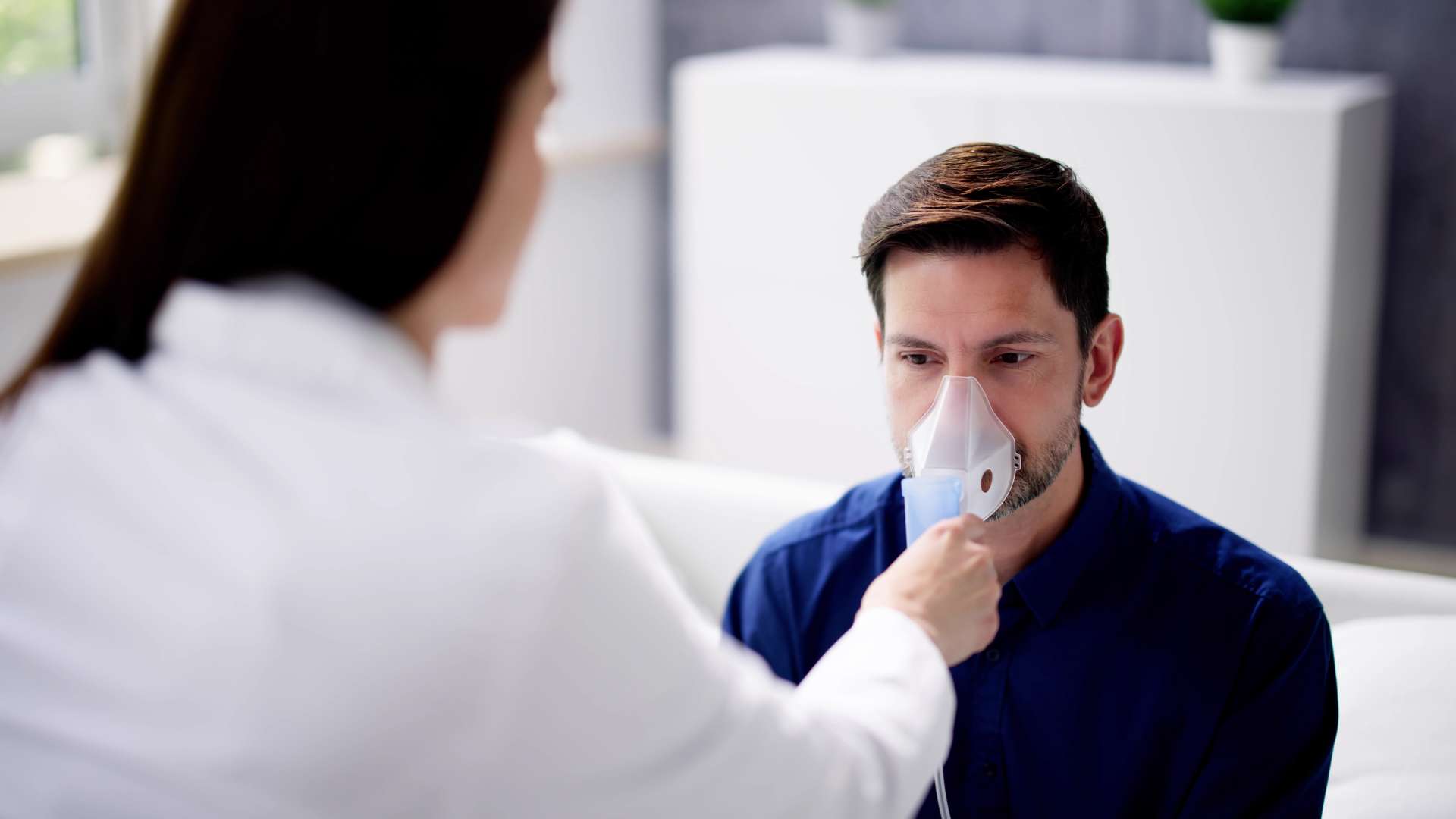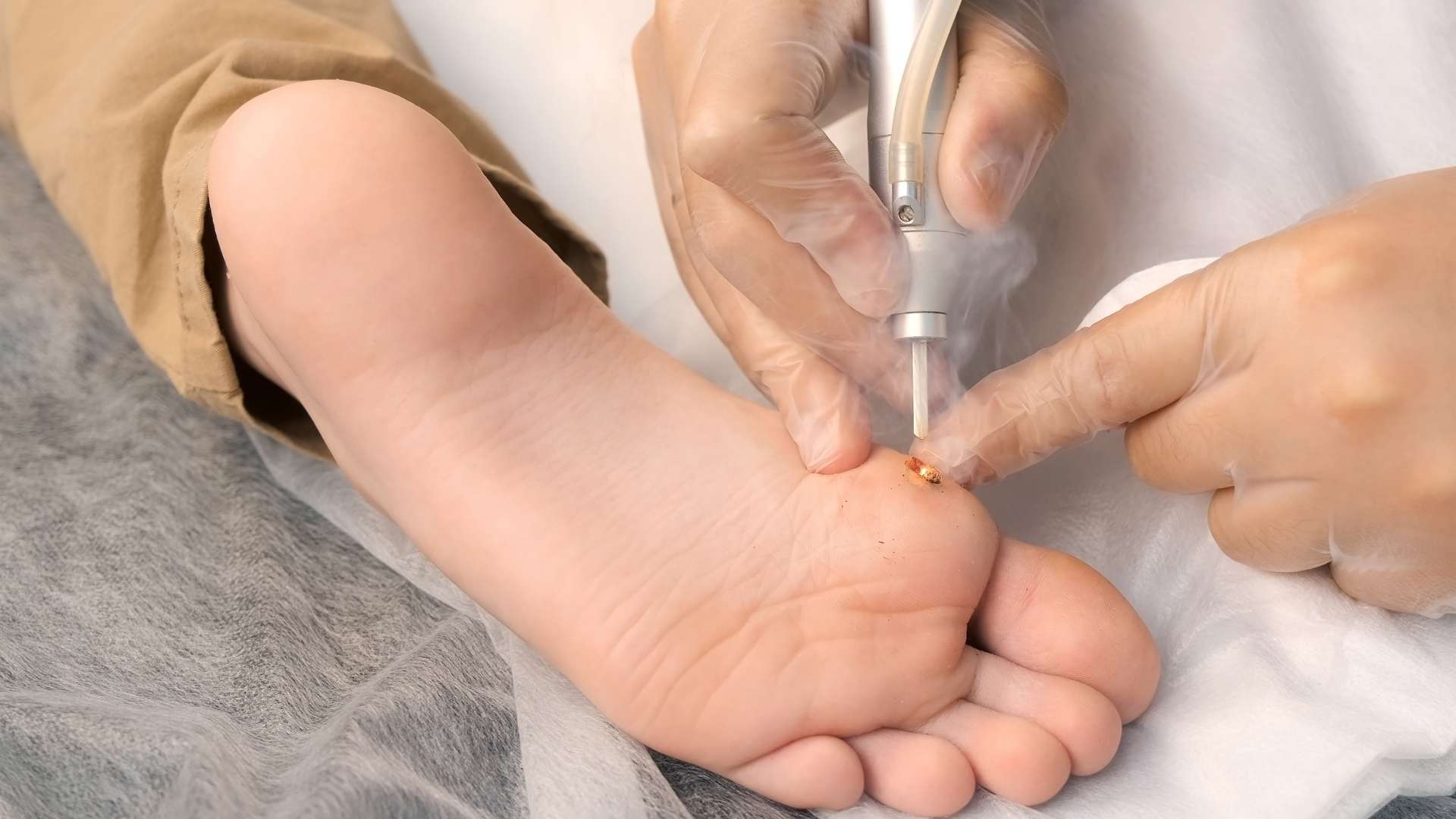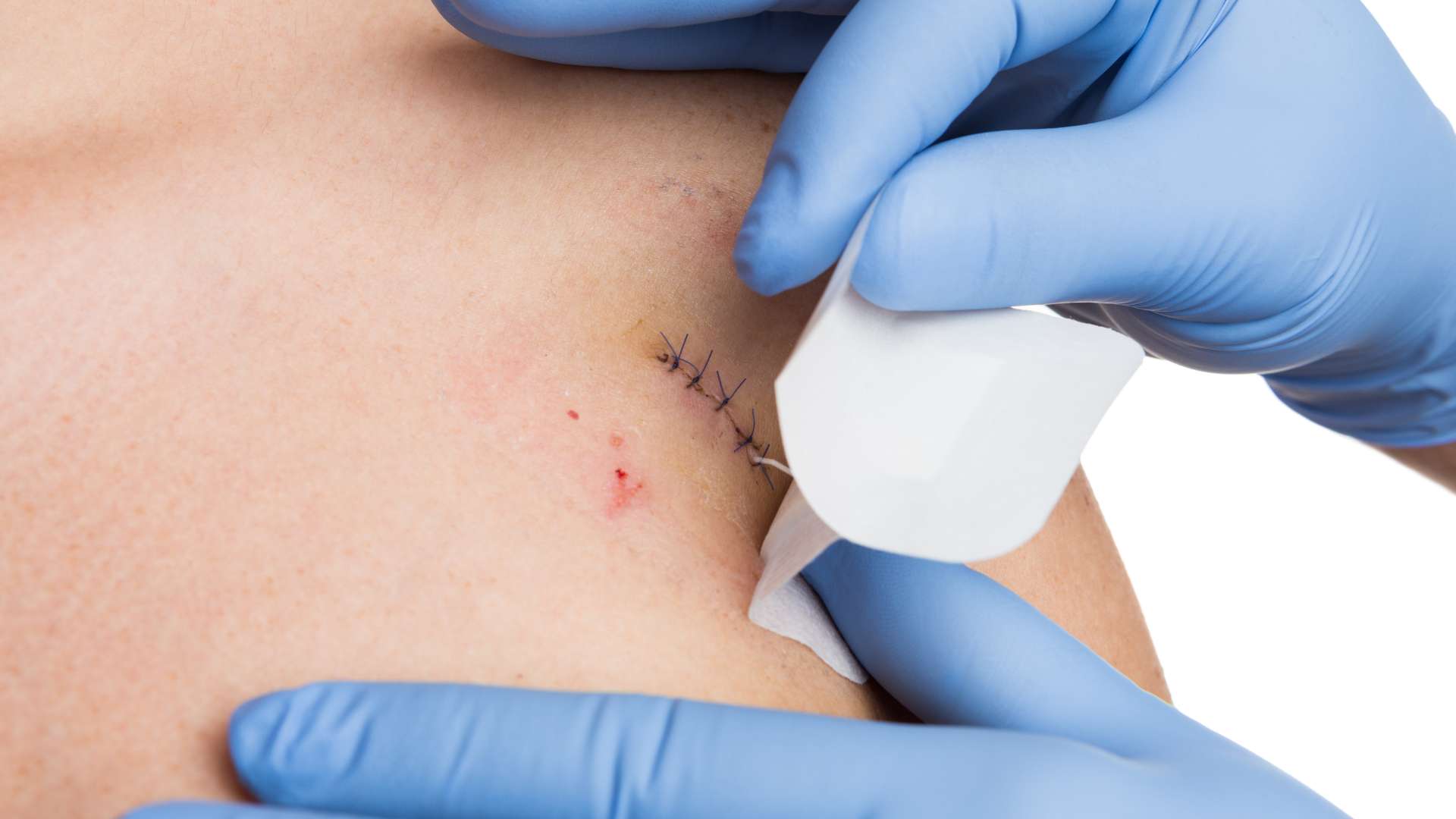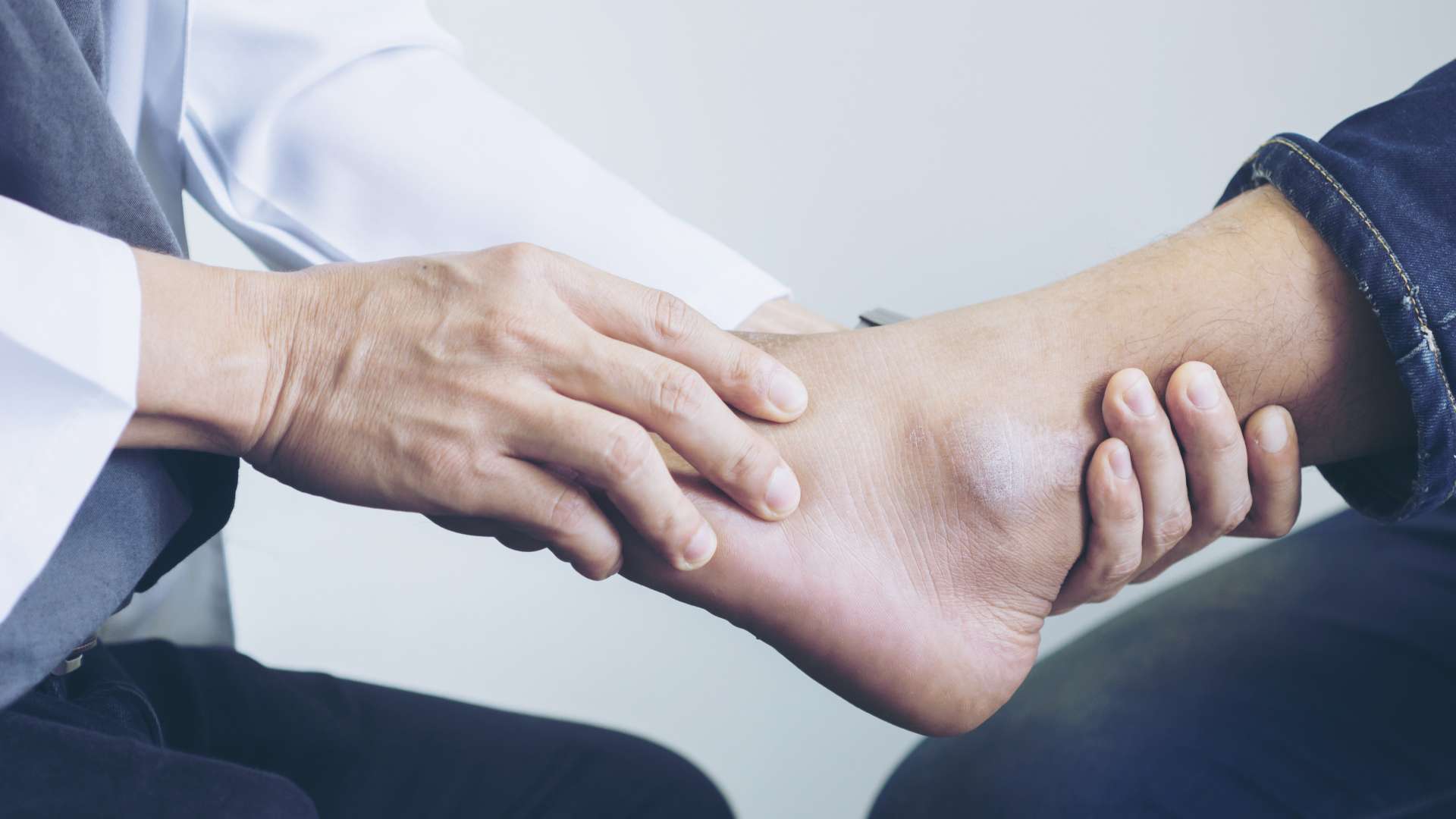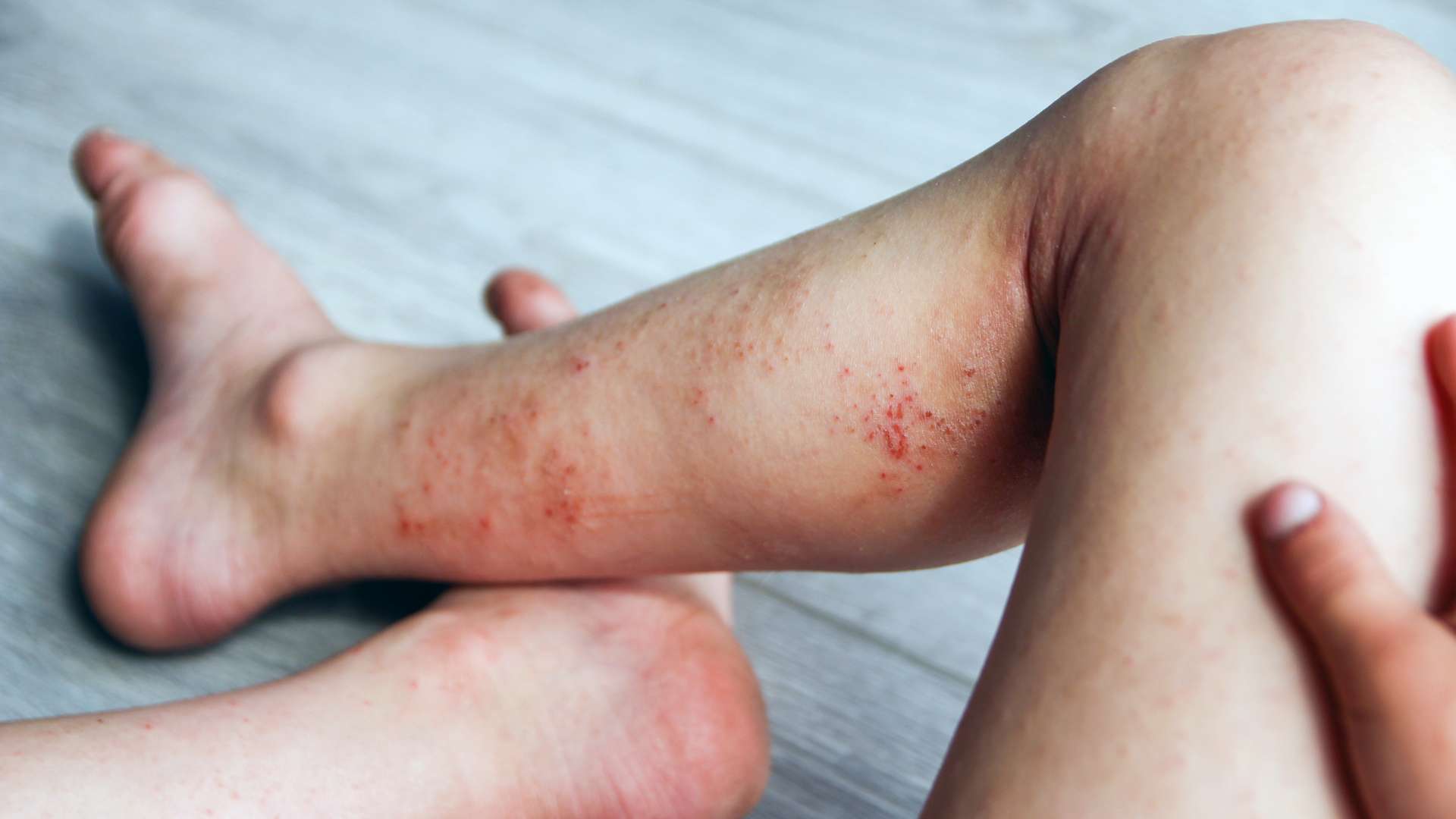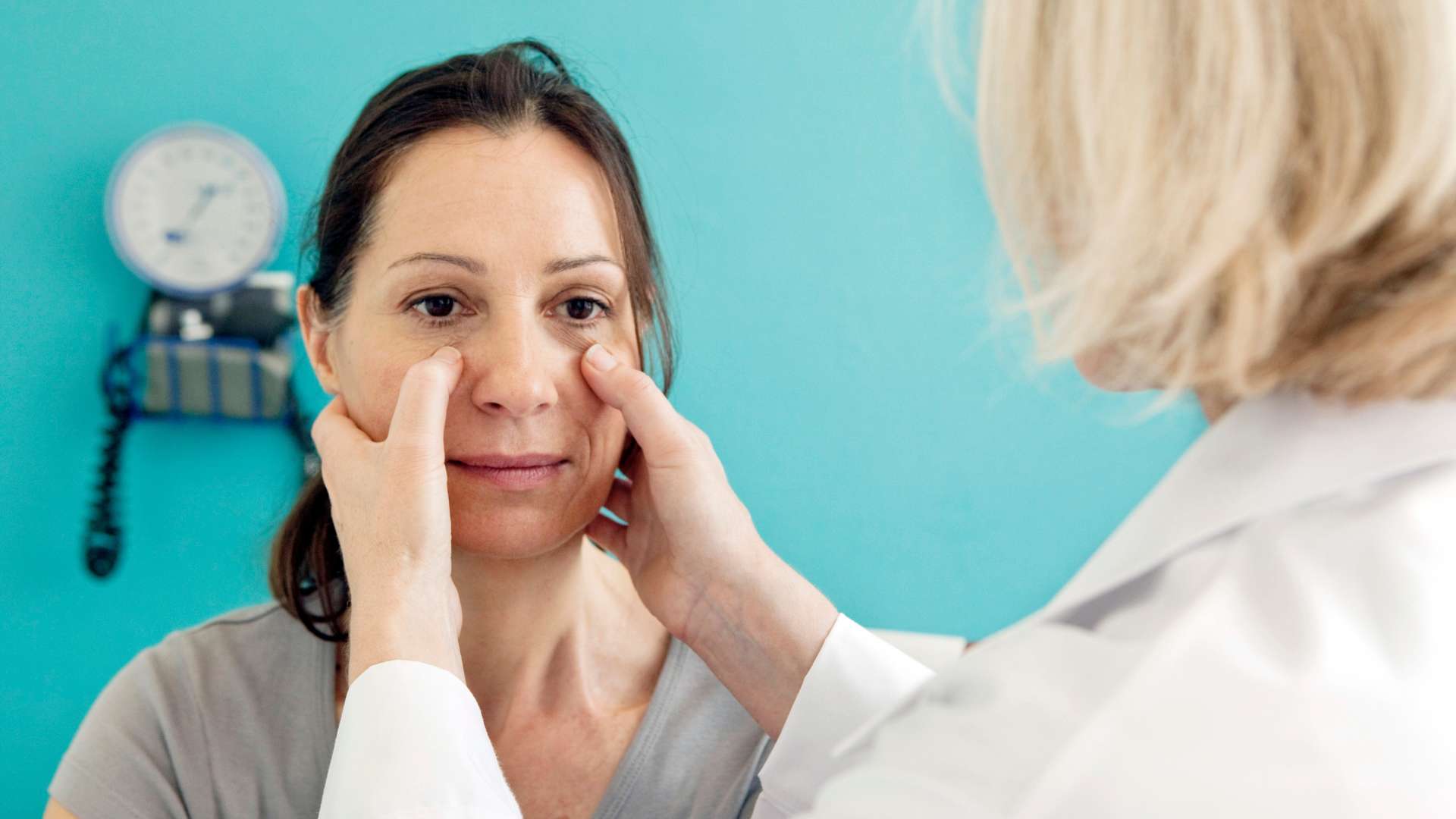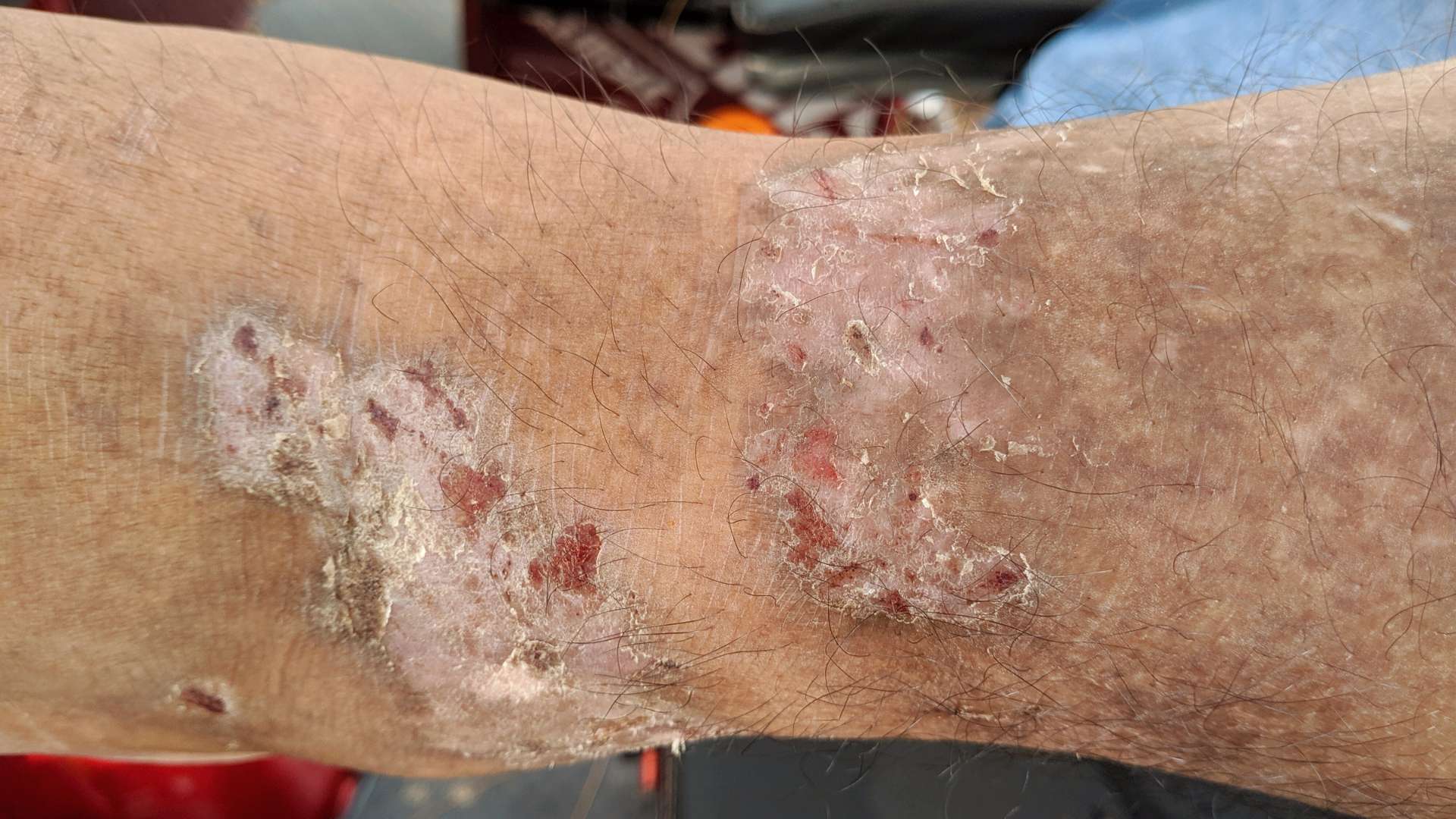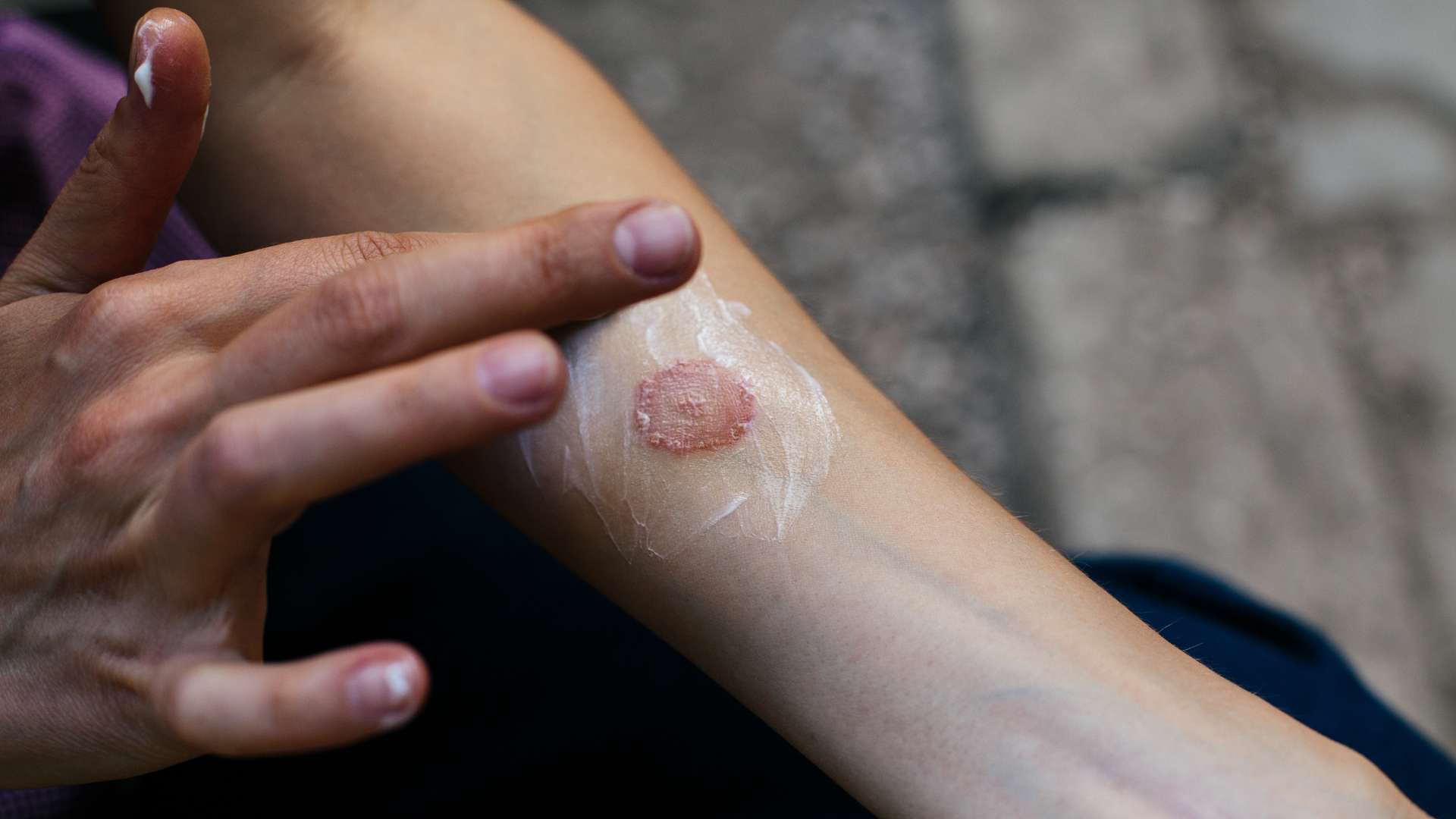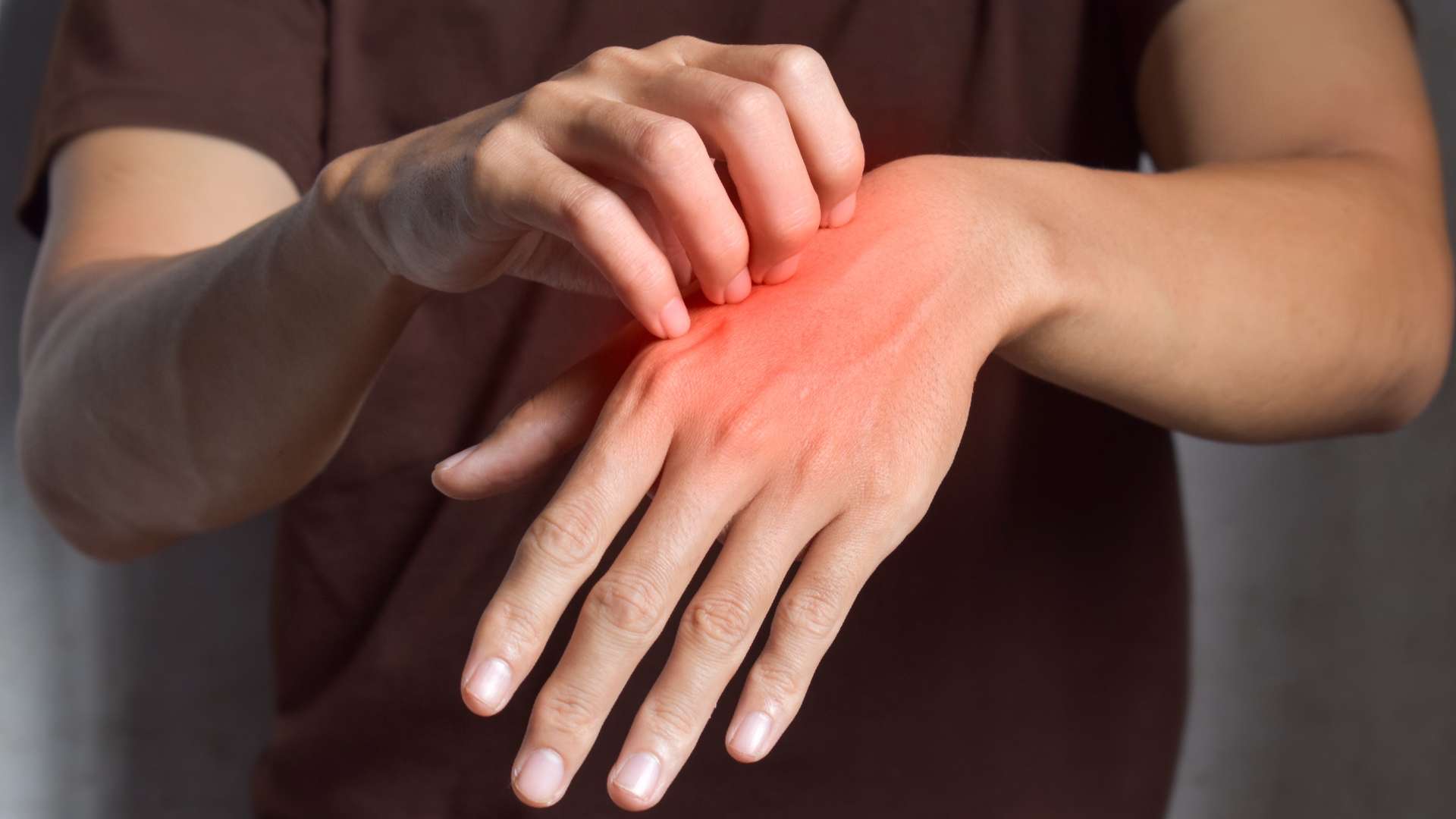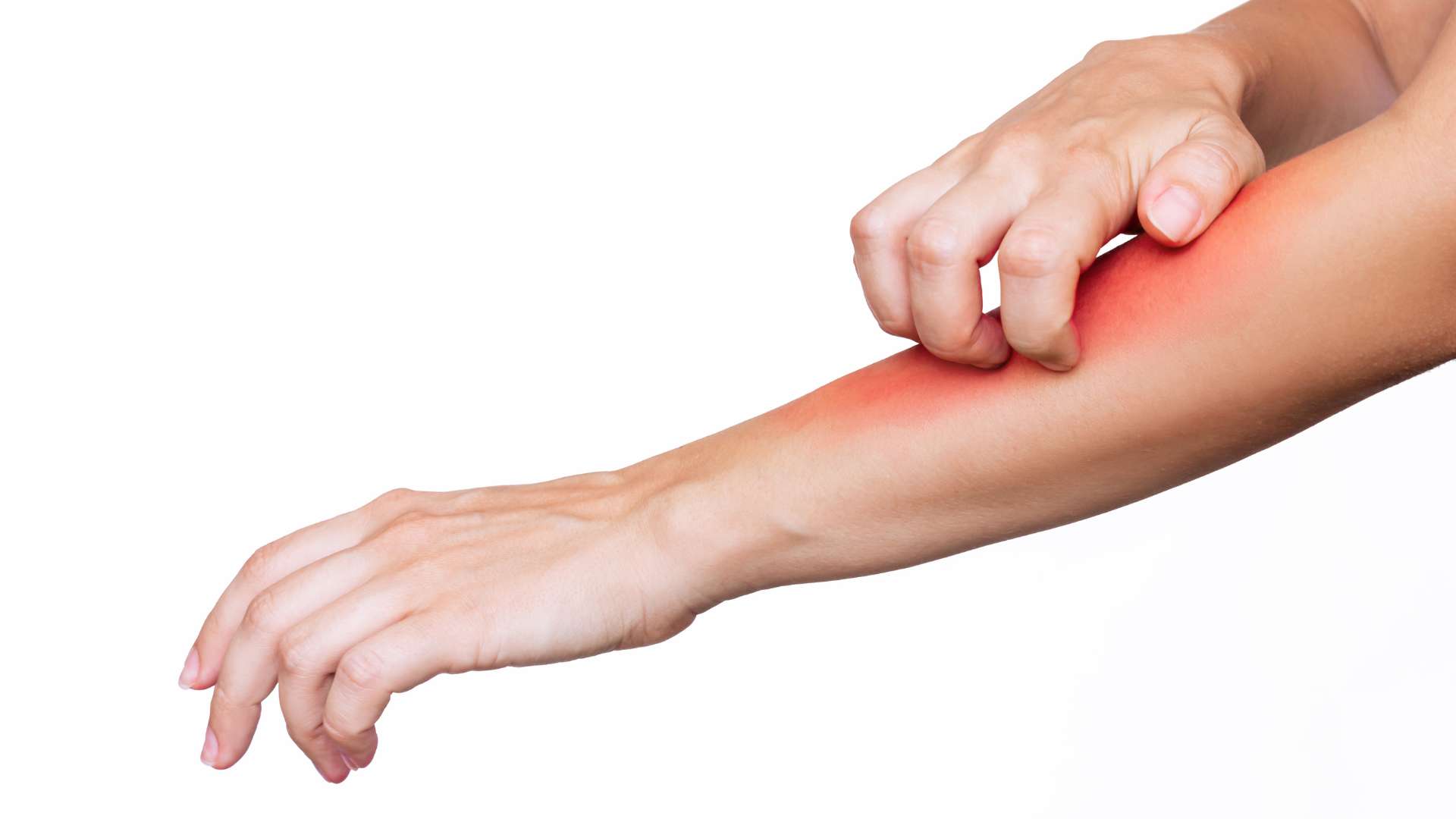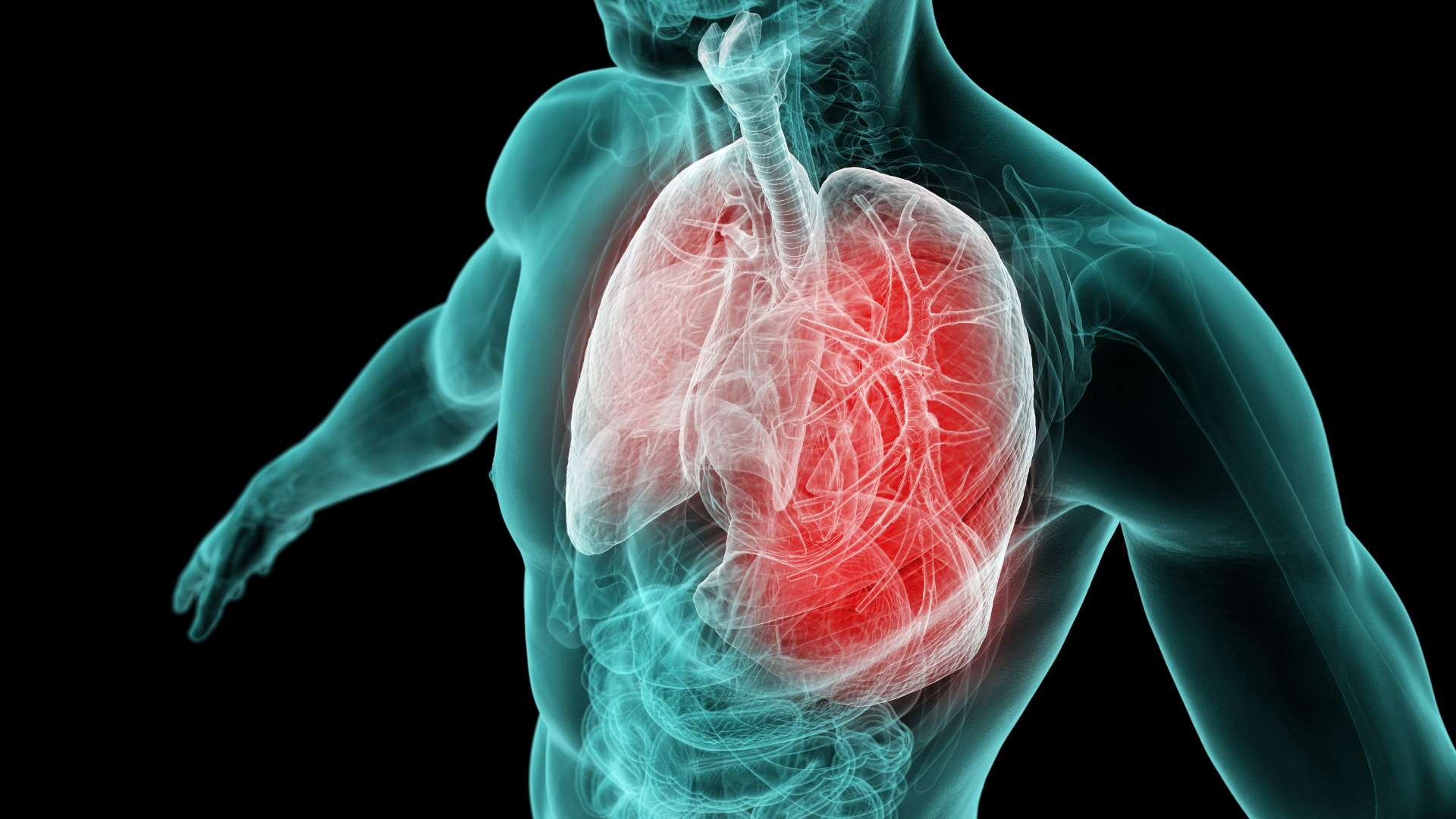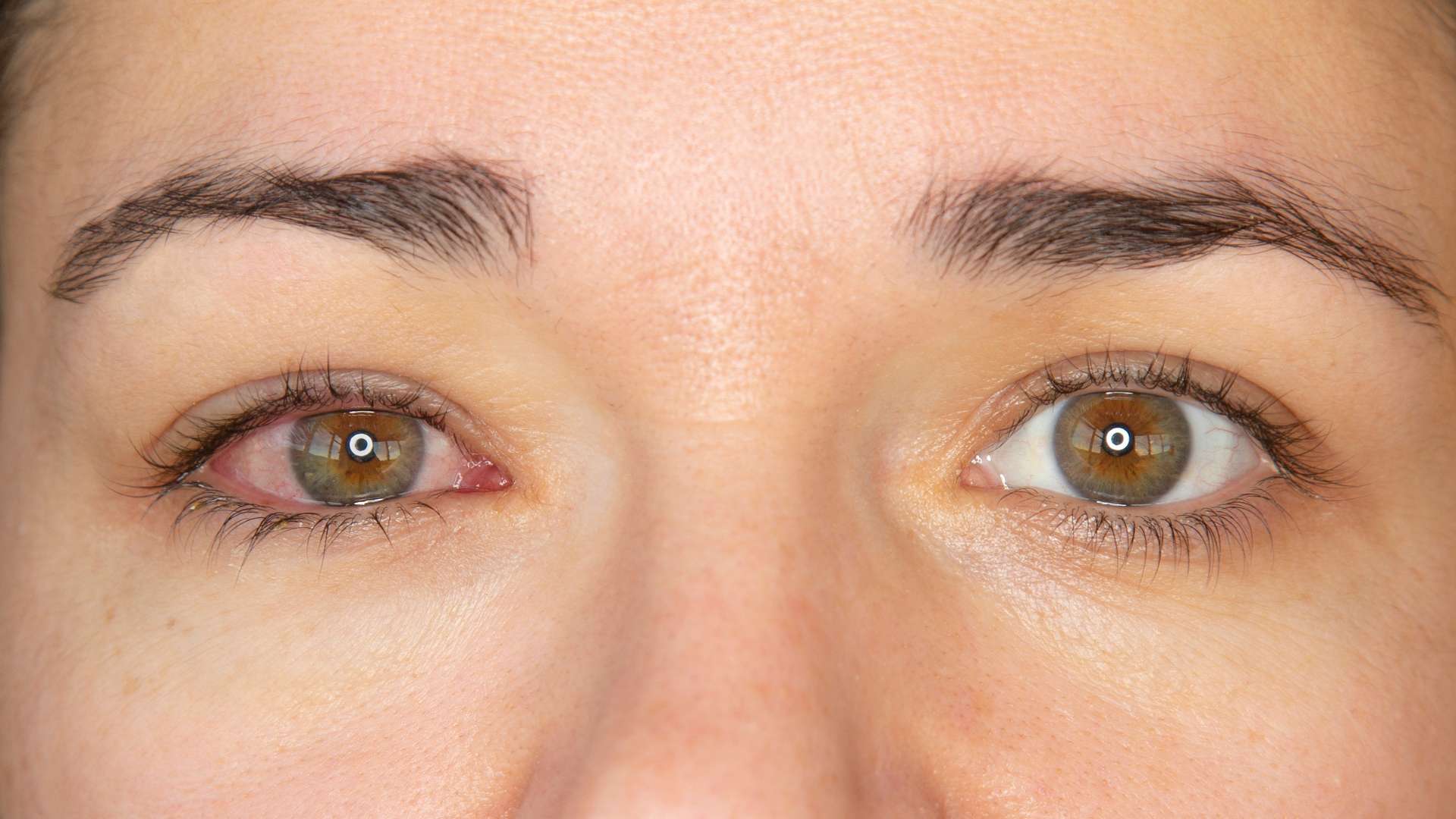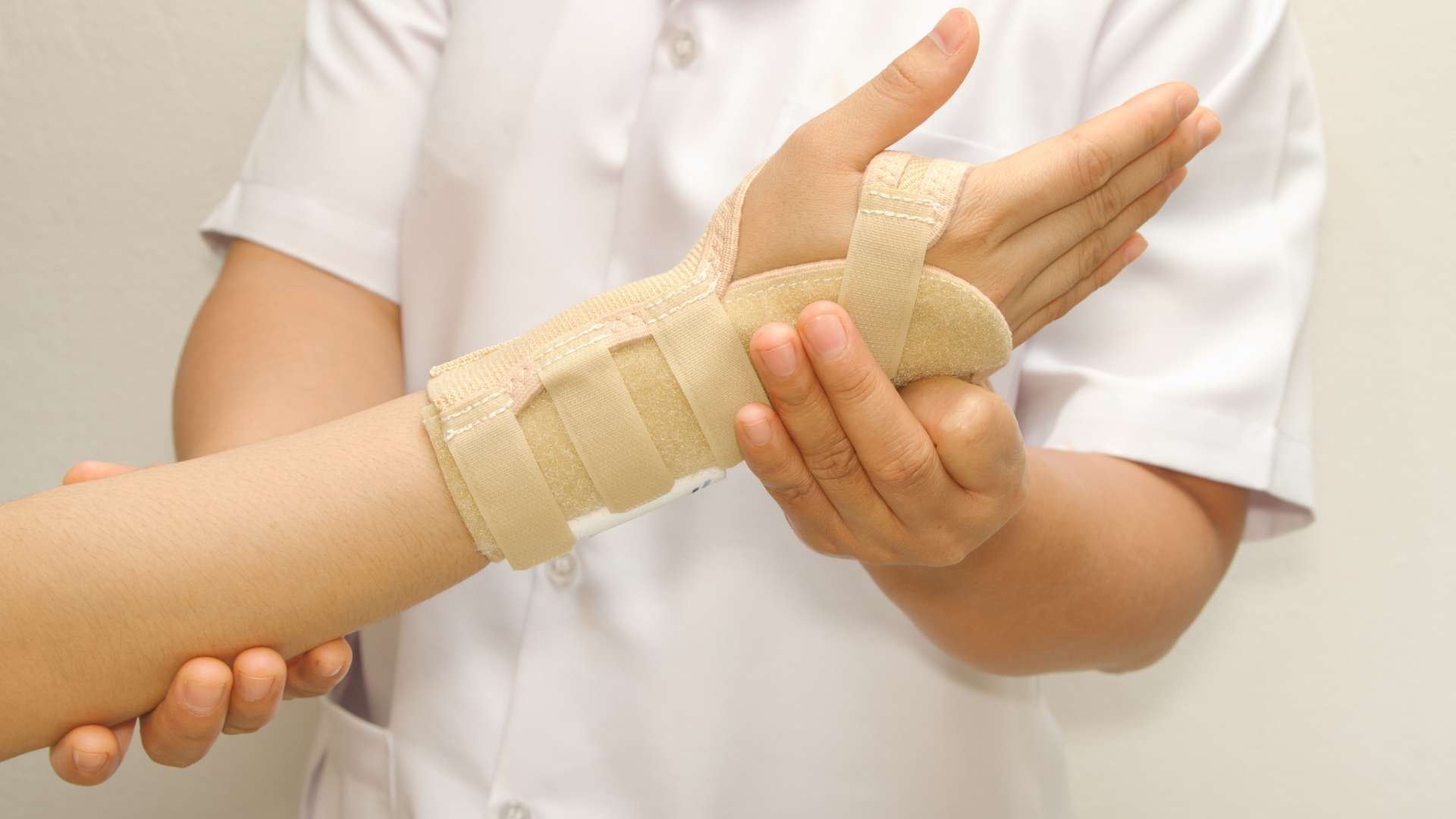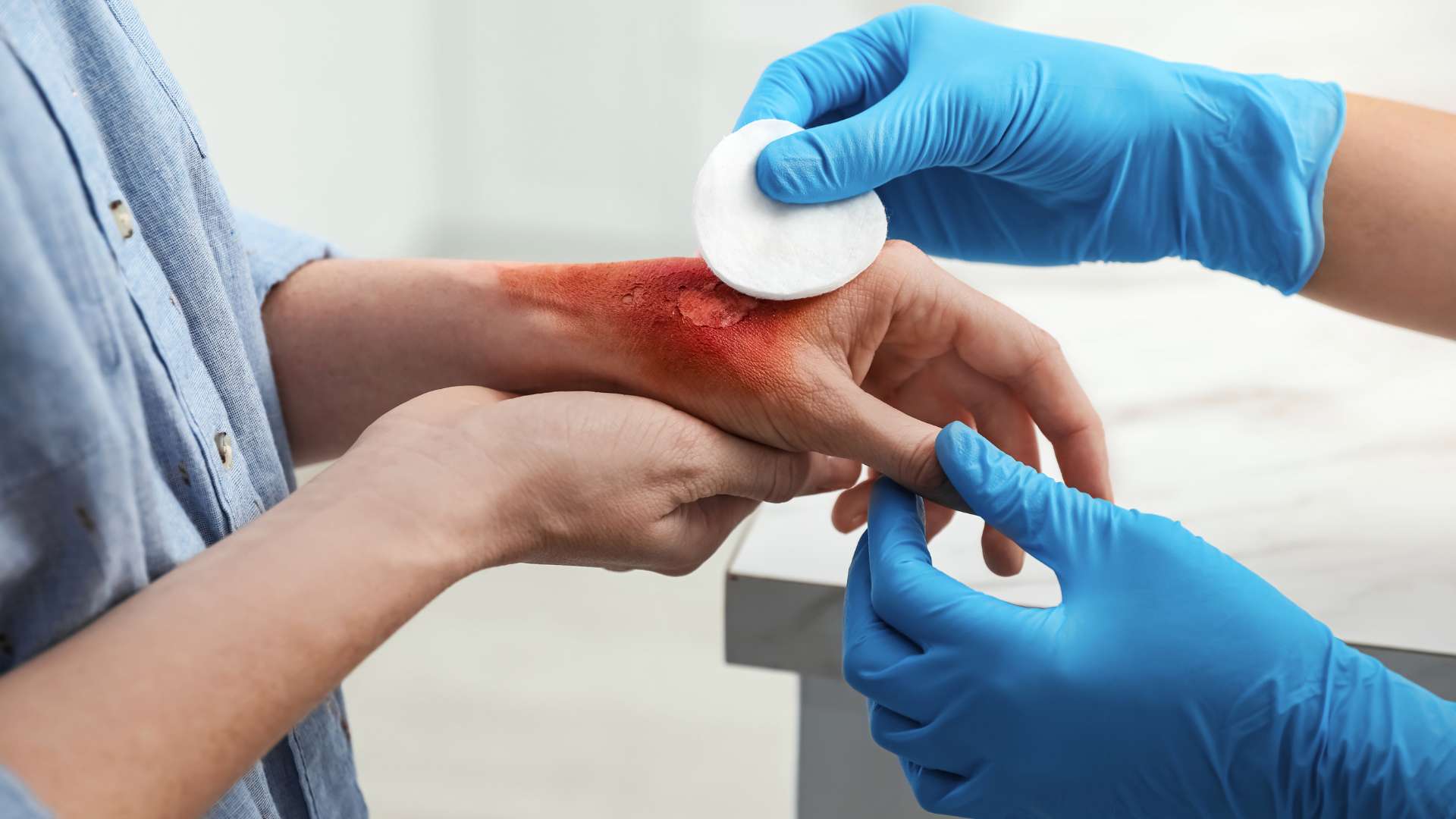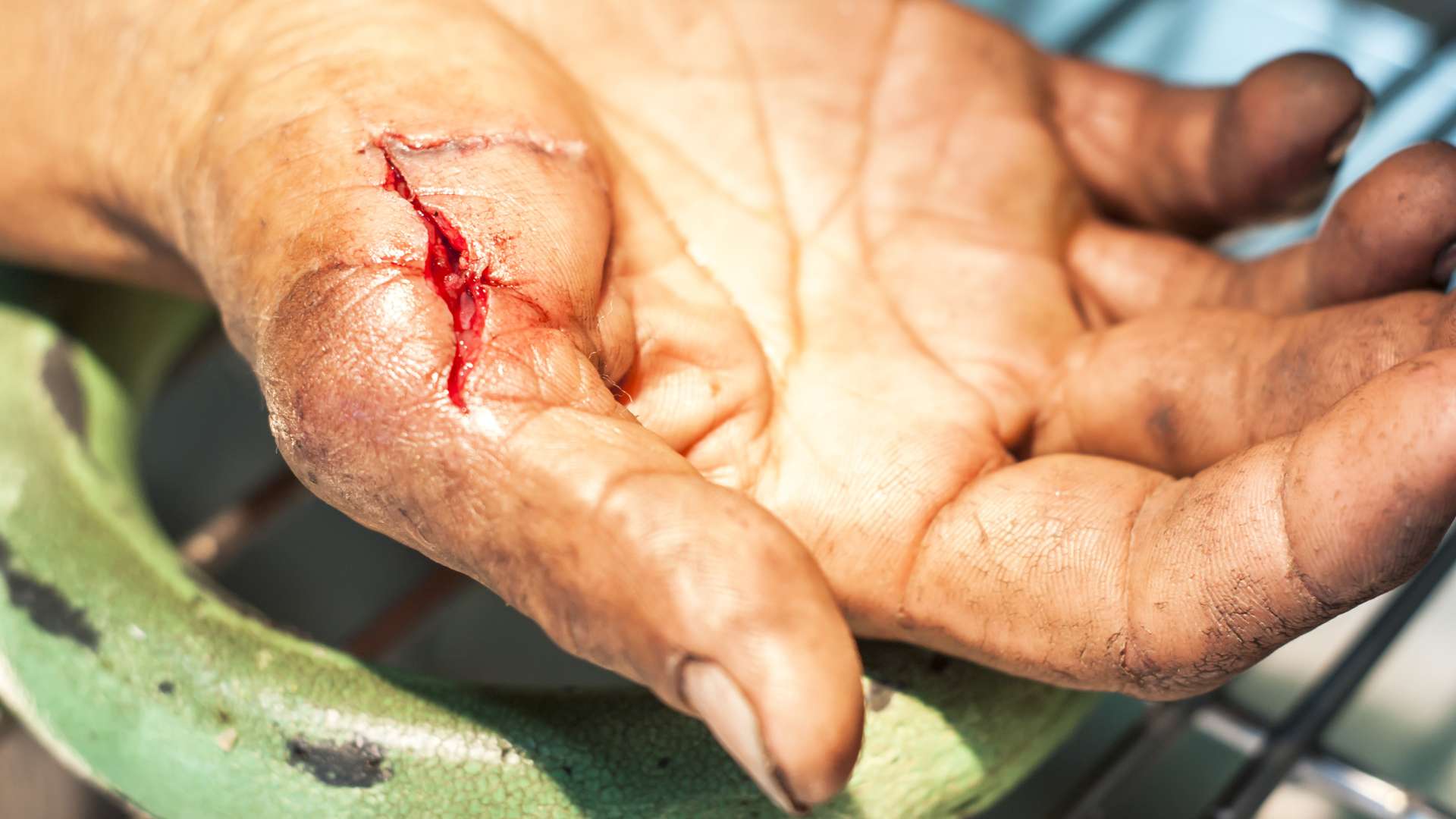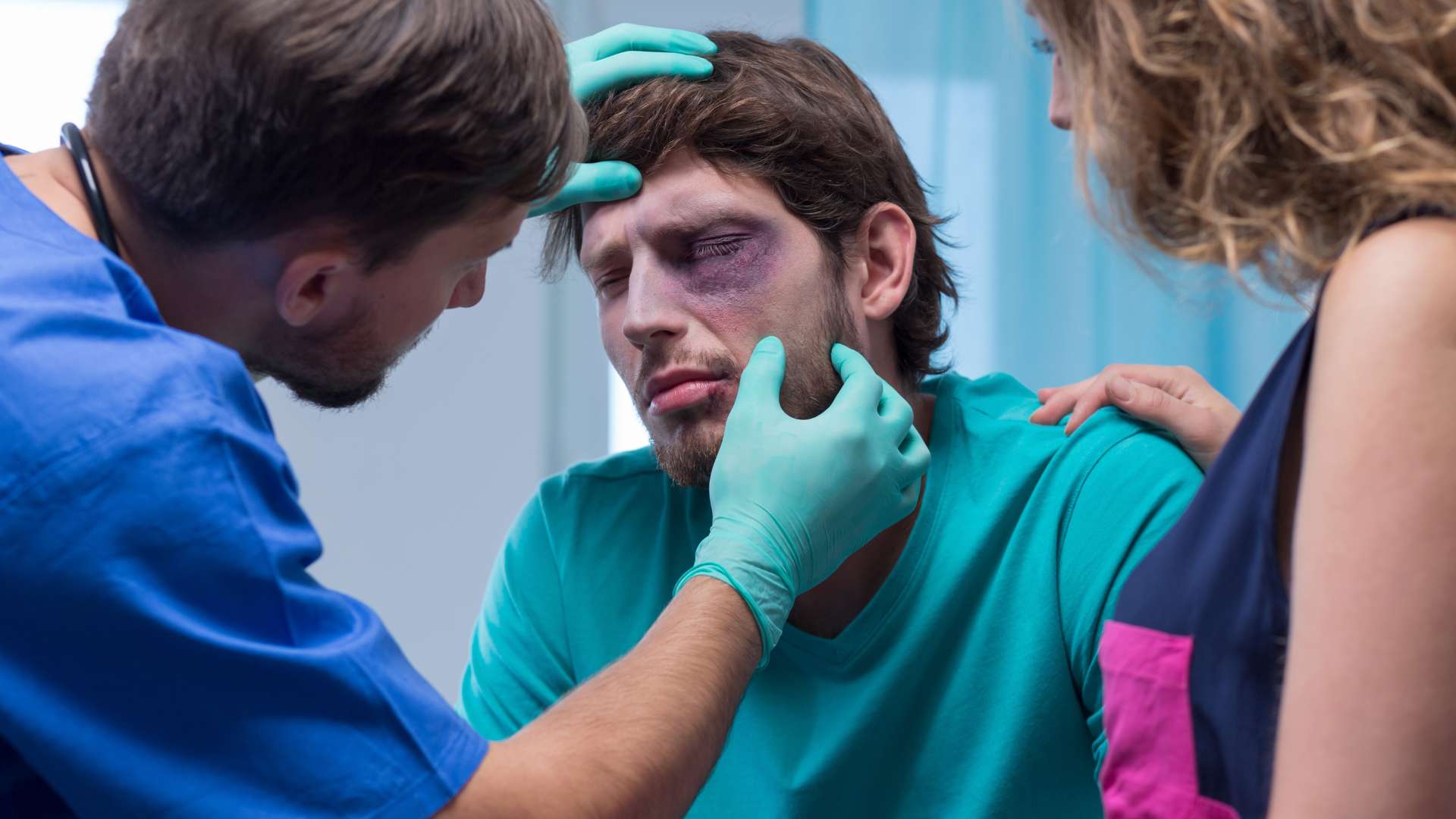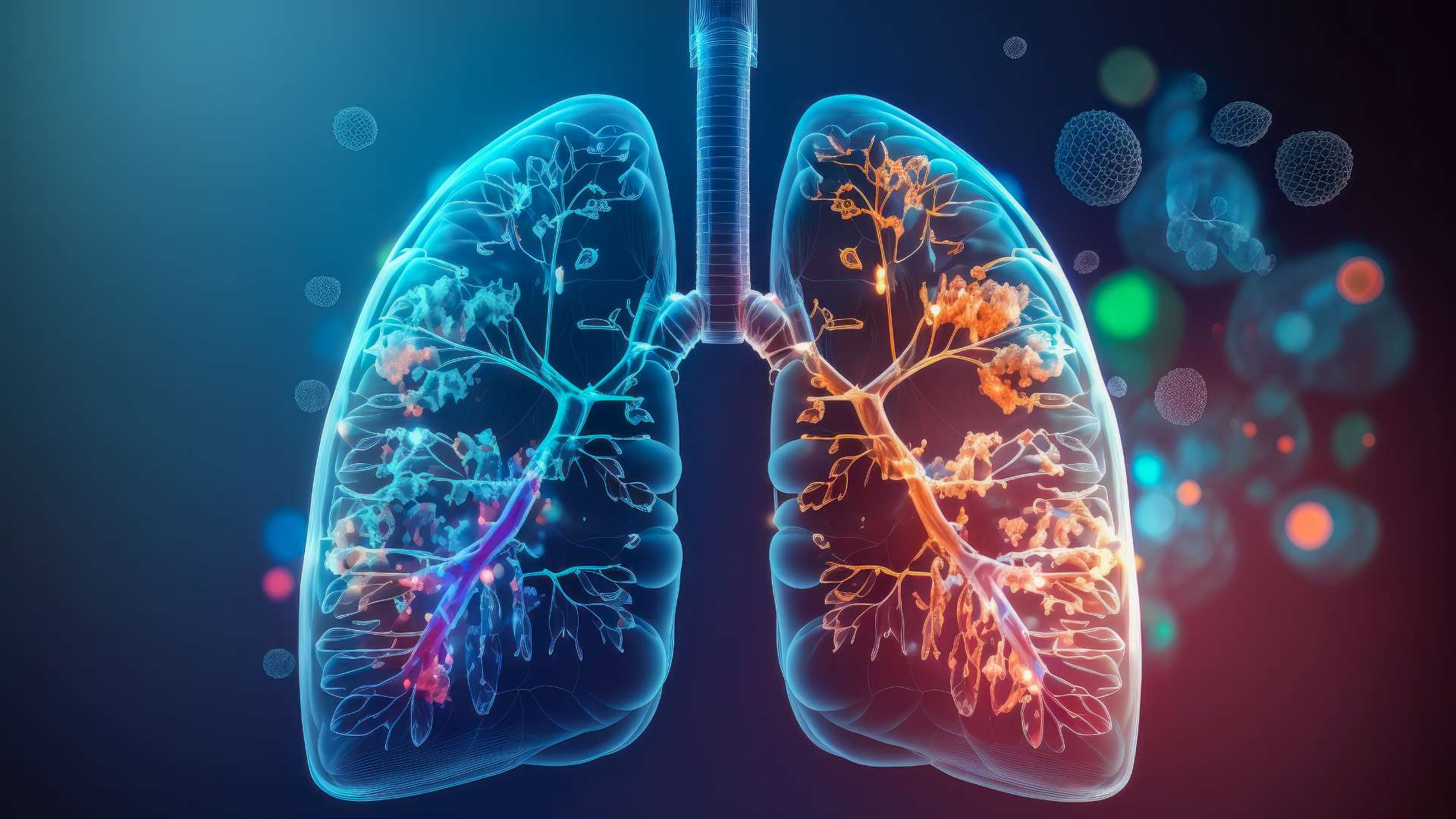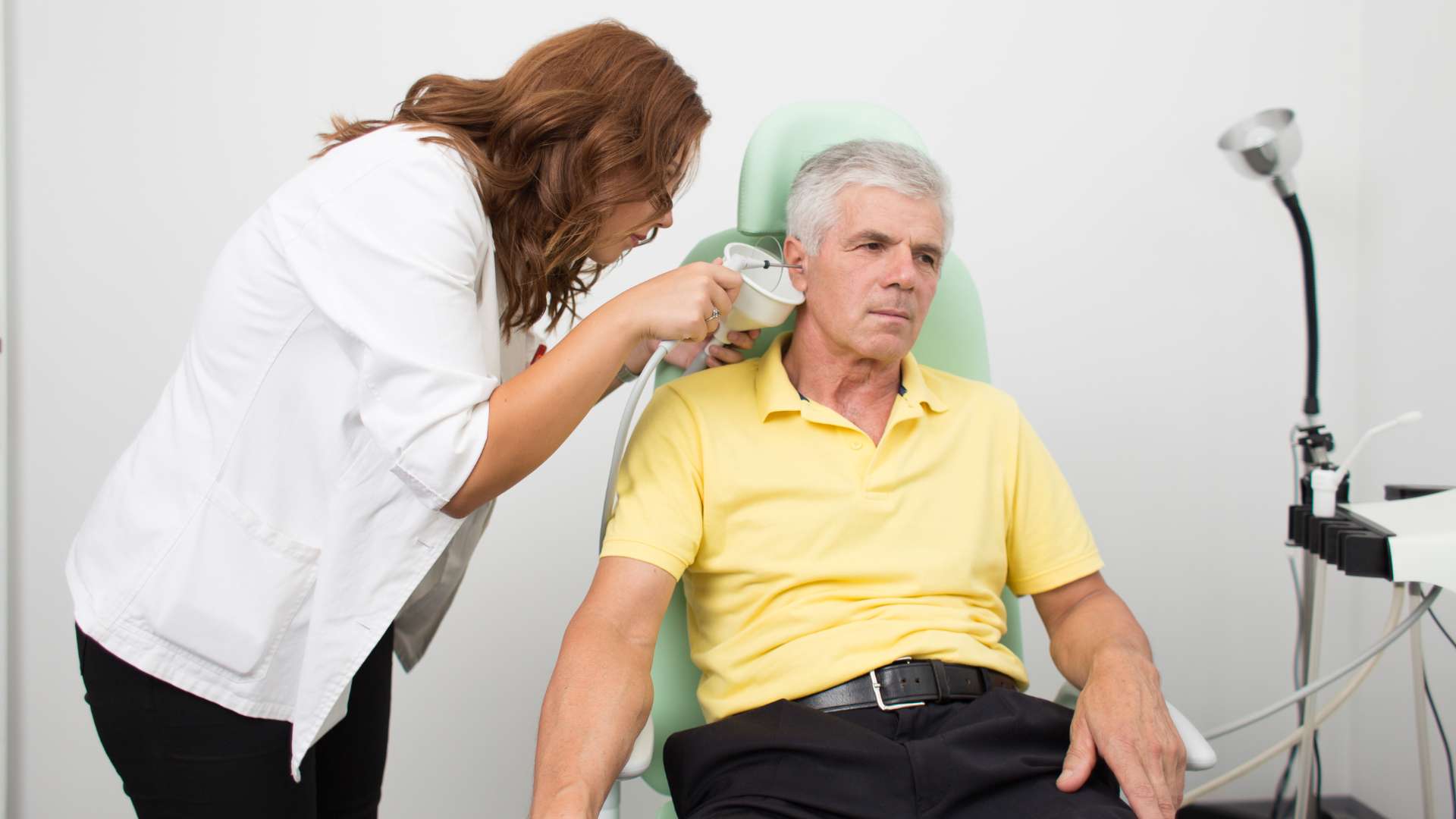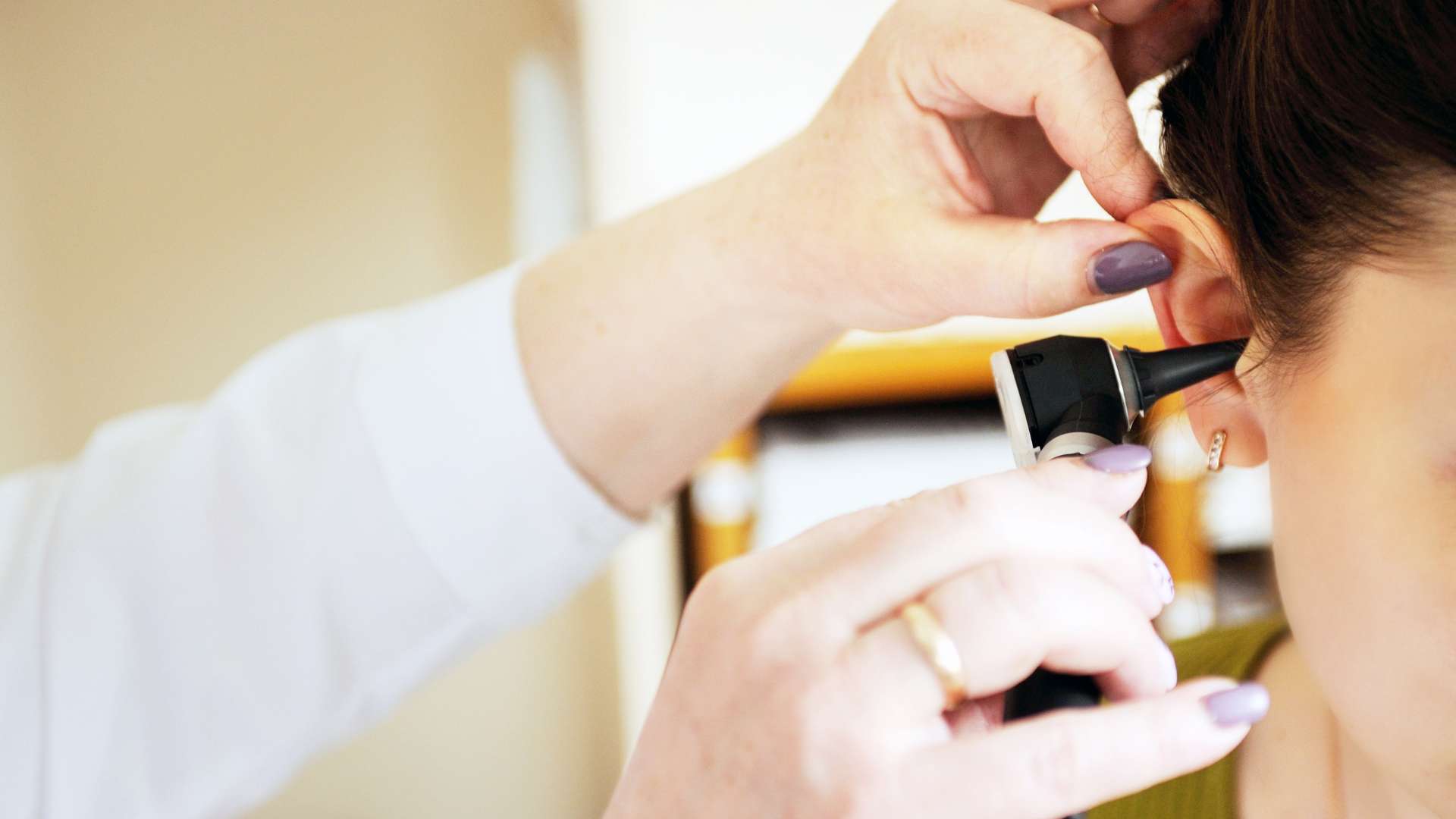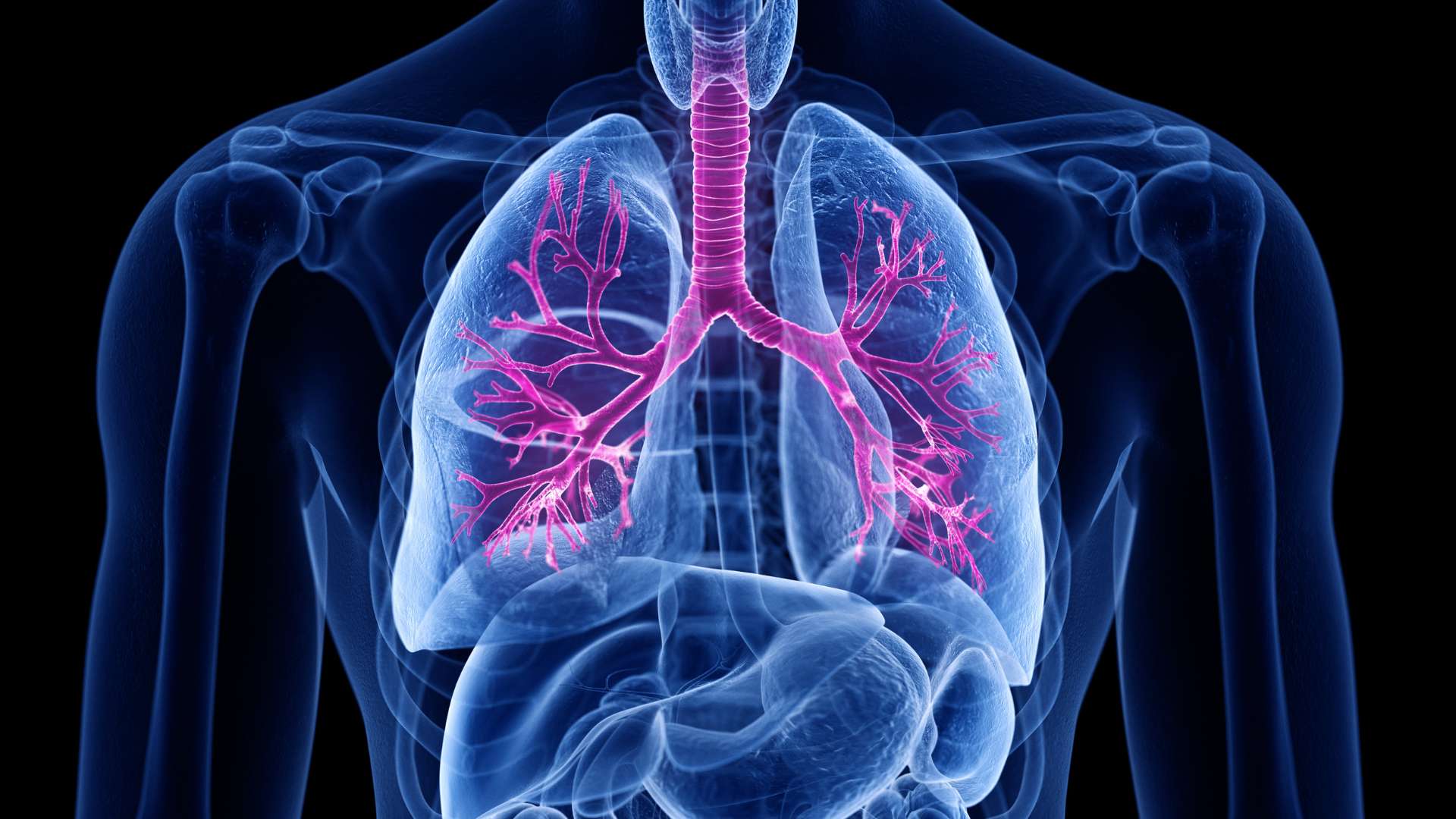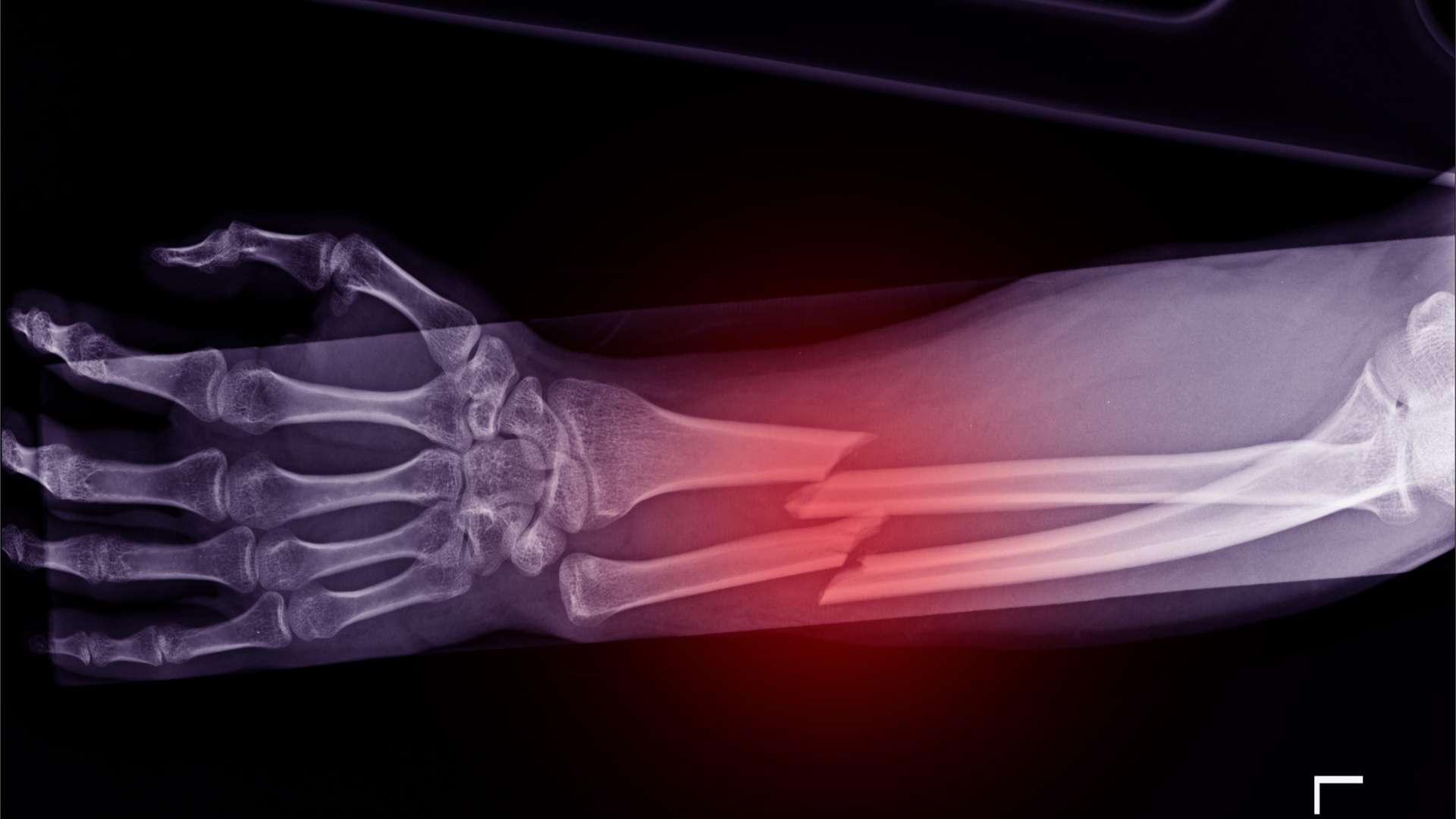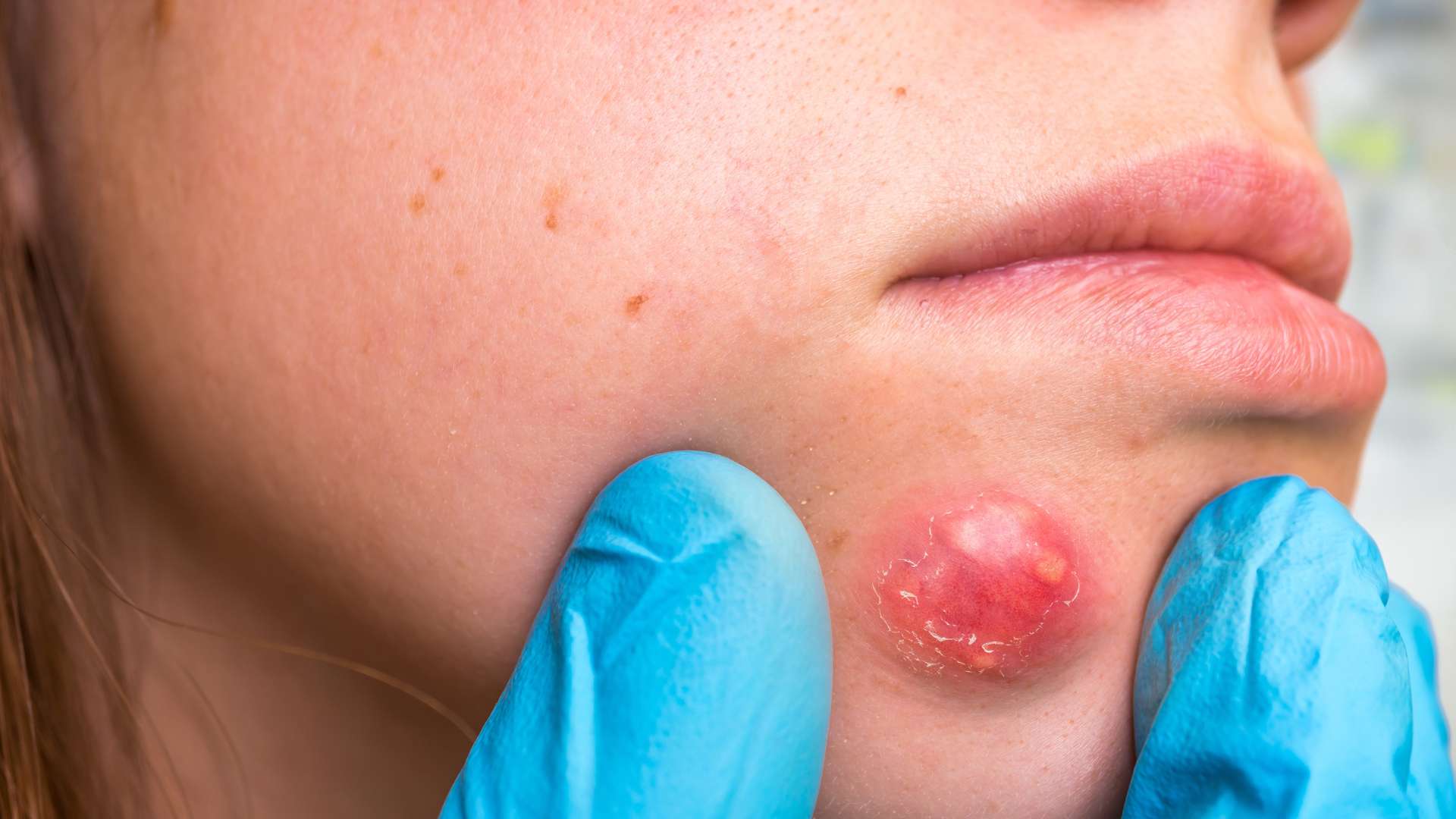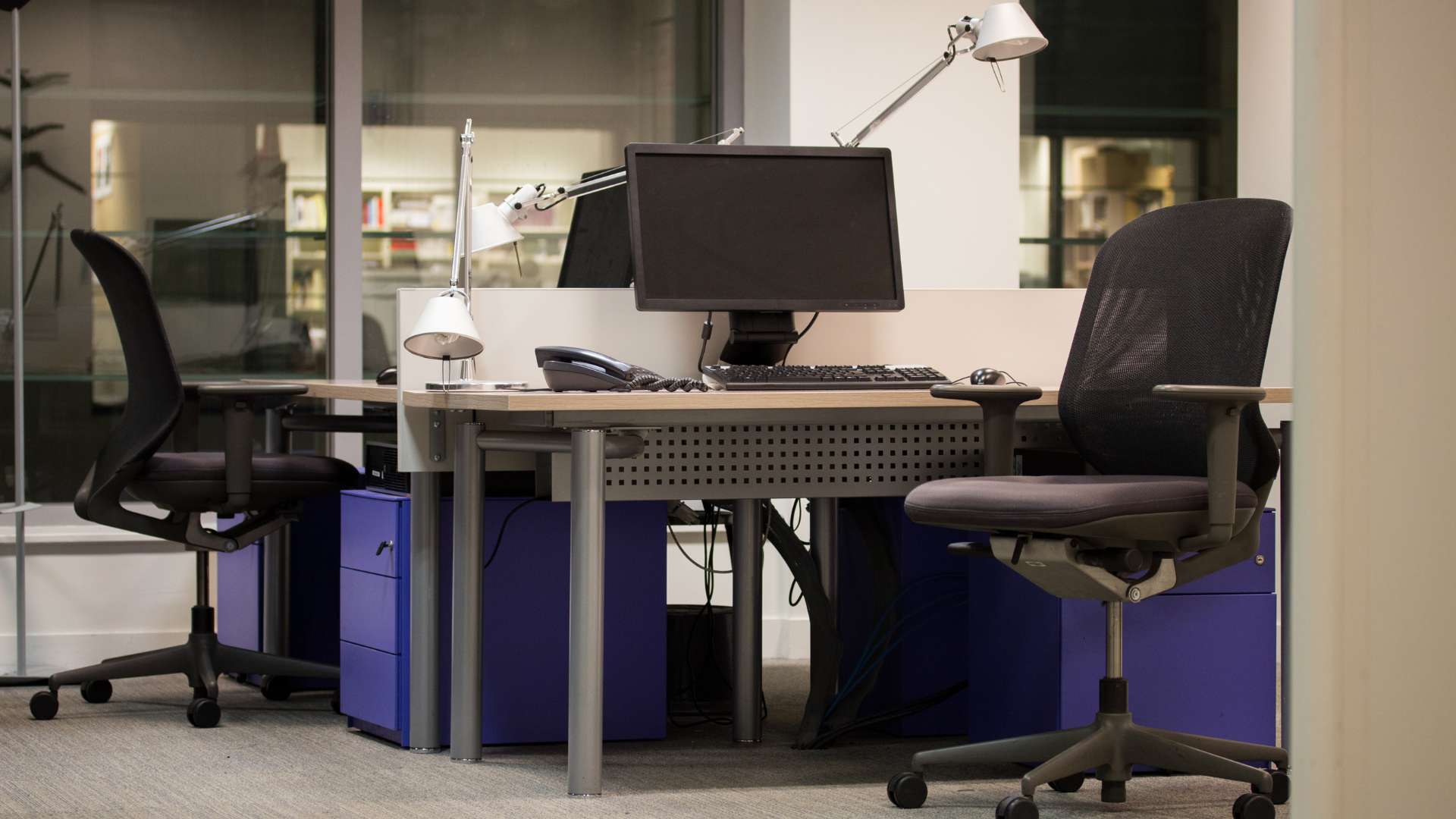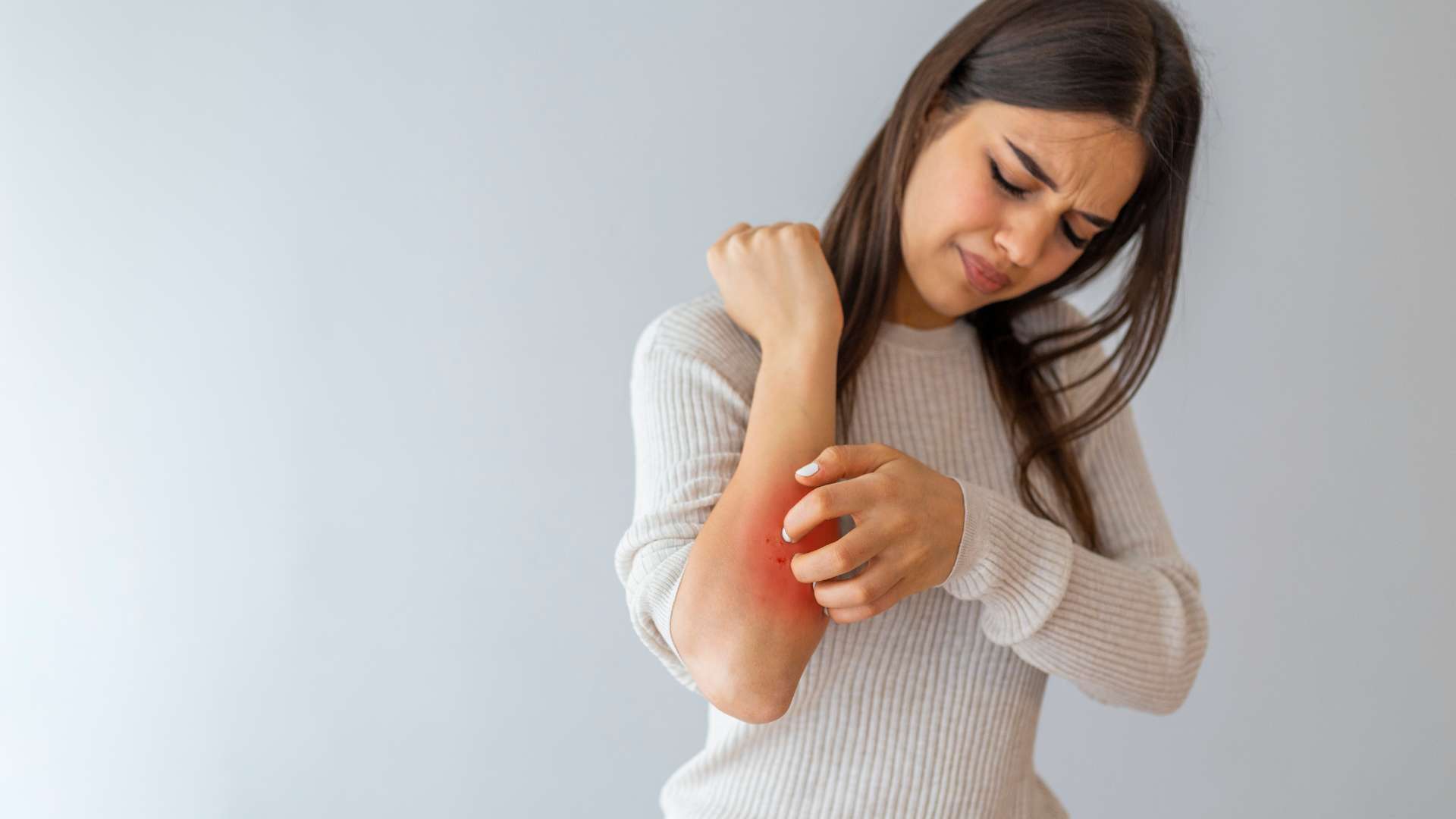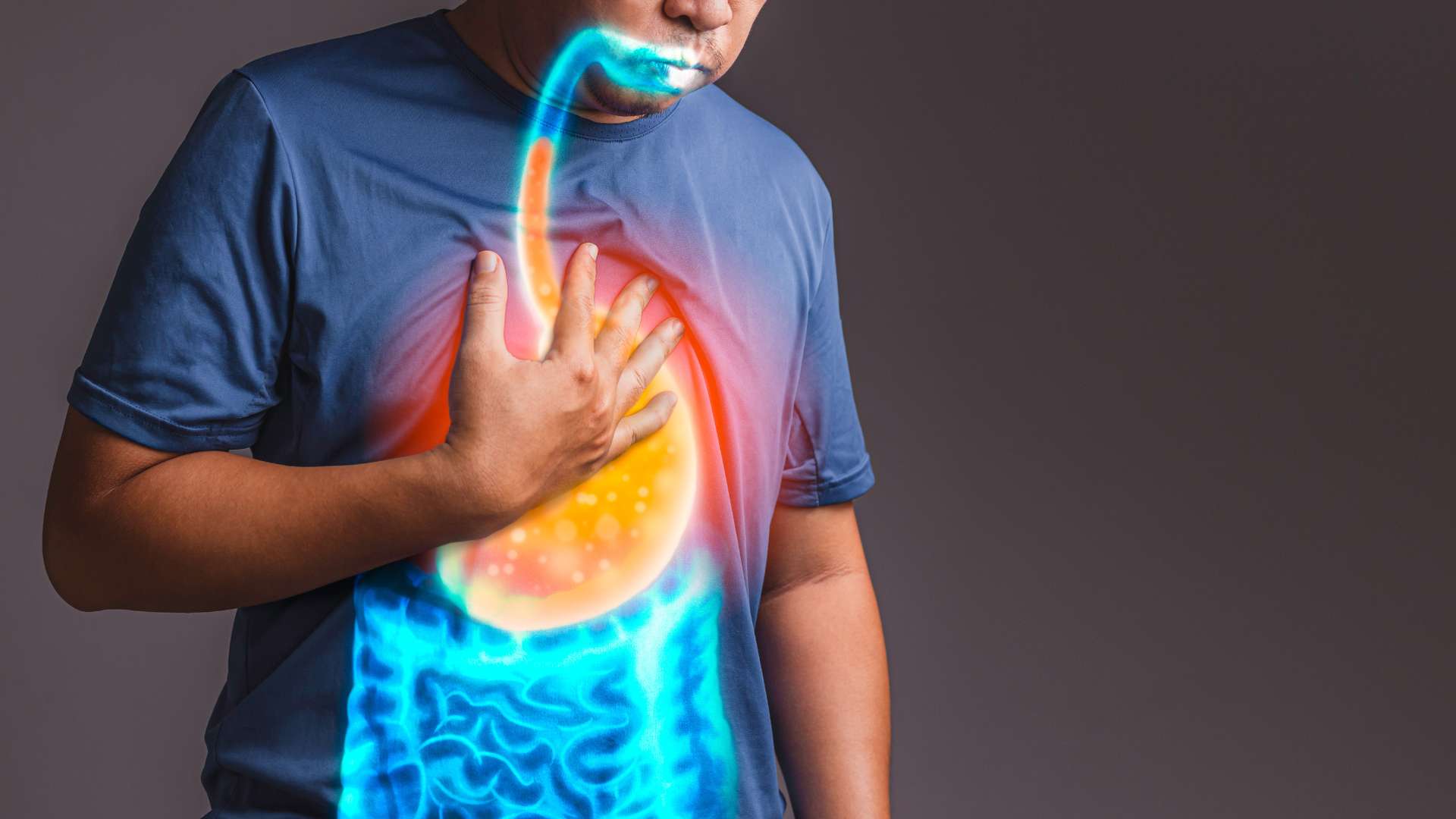Acne is a skin condition resulting from clogged hair follicles, where sebum and dead skin cells block pores, causing pimples. It typically occurs on the face, chest, back, and shoulders.
What is Acne?
The condition involves sebaceous glands connected to hair follicles, where a mixture of oil and cells enables bacterial growth, leading to inflammation, redness, and pain.
The breakdown of plugged follicles allows bacteria, sebum, and skin cells to enter the surrounding skin, contributing to pimple formation.
What is Occupational Acne?
Occupational and environmental acne is a prevalent skin condition linked to exposure in industrial settings and is a leading cause of work-related skin diseases. The condition encompasses various forms, such as oil acne, coal-tar acne, and chloracne, with the latter being the most severe.
While oil acne and coal-tar acne are less common, they still present challenges in specific industries. Acne can be induced by exposure to polyhalogenated hydrocarbons, coal tar and its byproducts, petrol, and other physical, chemical, and environmental agents. Individuals working in chemistry, machinery, and electrical industries face a higher risk of developing this condition.
What are the Most Common Types of Acne Due to Working Environments?
Occupational acne, primarily comedonal acne, is common in workers exposed to insoluble cutting oils or grease and lubricating oils. The condition manifests as papules, pustules, and cystic lesions.
Treatment options include topical or oral retinoic acids and oral antibiotics. Preventive measures, improved working conditions, and worker education can help eliminate this problem.
The acne arises from prolonged contact with oil, leading to folliculitis or oil boils, but not from bacteria present in the oils. Proper management and awareness can address this type of acne in industrial settings.
What Causes Occupational Acne?
Oil Folliculitis
Workers in tool trades and mechanics exposed to insoluble cutting oils, grease, and lubricating oils often experience occupational acne, known as folliculitis or oil boils. Prolonged contact with these oils leads to the developing of multiple comedones and pustules on the arms and other body parts with extended contact with the oil.
Chloracne
Chloracne is a stubborn type of acne triggered by specific halogenated aromatic compounds and may be associated with systemic toxicity. This form of acne is a sensitive indicator of the body’s biological response to these chemicals.
Herbicide production workers are particularly susceptible to chloracne, which affects nearly all facial and neck follicular openings, causing comedones, papules, and cyst-like lesions.
Granuloma
Granulomas are focal and chronic inflammatory reactions that can be either allergic or non-allergic. Allergic granulomas are induced by beryllium, while non-allergic granulomas are more prevalent and arise as the skin responds to foreign materials, such as plant spines, wooden splinters, and silica, that have been inoculated or implanted.
Treating Occupational Acne
Preventing contact with greases and oils and practicing good hygiene are essential in treating and preventing occupational acne. Chloracne is more severe and persistent than oil acne, but its occurrence has decreased with synthetic resins instead of chlorinated hydrocarbons.
Treating Chloracne
It appears as closed comedones and pale yellow cysts, which worsen in severity over time with the appearance of inflammatory lesions, larger cysts, and abscesses. Scarring similar to cystic acne may occur.
Treatment involves oral antibiotics, acne surgery, and dermabrasion, but it is generally unsatisfactory, making exposure prevention crucial. Other manifestations include peripheral neuritis, hepatotoxicity, immune suppression, and carcinogenicity.
Treating Oil Acne
Oil acne can be effectively treated using systemic Tetracycline (an antibiotic) for three months. Another viable treatment option is Isotretinoin, which has shown positive results in combating oil acne.
Preventive measures involve avoiding contact with the factors causing the condition and additional precautions like changing clothes regularly and daily showering. By emphasizing improved engineering control and personal hygiene, there is potential for a reduction in the prevalence of oil acne.
Combatting Occupational Acne
To minimize the risk of occupational acne, comprehensive education and training are essential to raise awareness about chemical hazards and promote occupational and personal hygiene practices. Proper skin-washing techniques should be encouraged, and workplaces should provide changing rooms and shower facilities to facilitate cleanliness.
Workers should wear fresh outfits daily. Adequate education and training on product handling and safety are crucial, including proper labeling and understanding safe working procedures. It’s essential to use appropriate personal protective equipment, such as goggles, facemasks, gloves, and aprons, specific to the task and chemicals used.
Online prescription acne services have emerged as a convenient and reliable option for individuals seeking effective treatment in today’s technologically advanced era.
Summation
Occupational acne poses a significant health concern that requires prevention through reduced or eliminated exposure to causative agents. Workplaces should conduct hazard evaluations to identify risks and make necessary improvements in working conditions, implement preventive measures, and provide education to workers.
Whenever feasible, substituting hazardous products with non-hazardous alternatives is recommended. Using well-designed spray equipment can minimize overspray of harmful chemicals, and installing barriers to prevent contact with products further reduces exposure.


